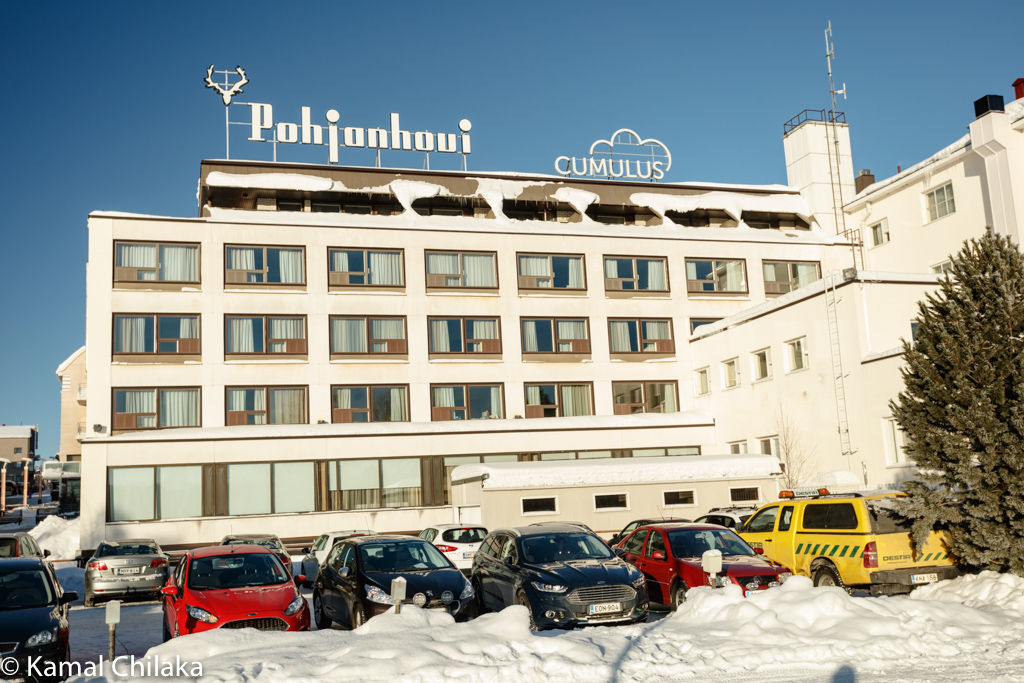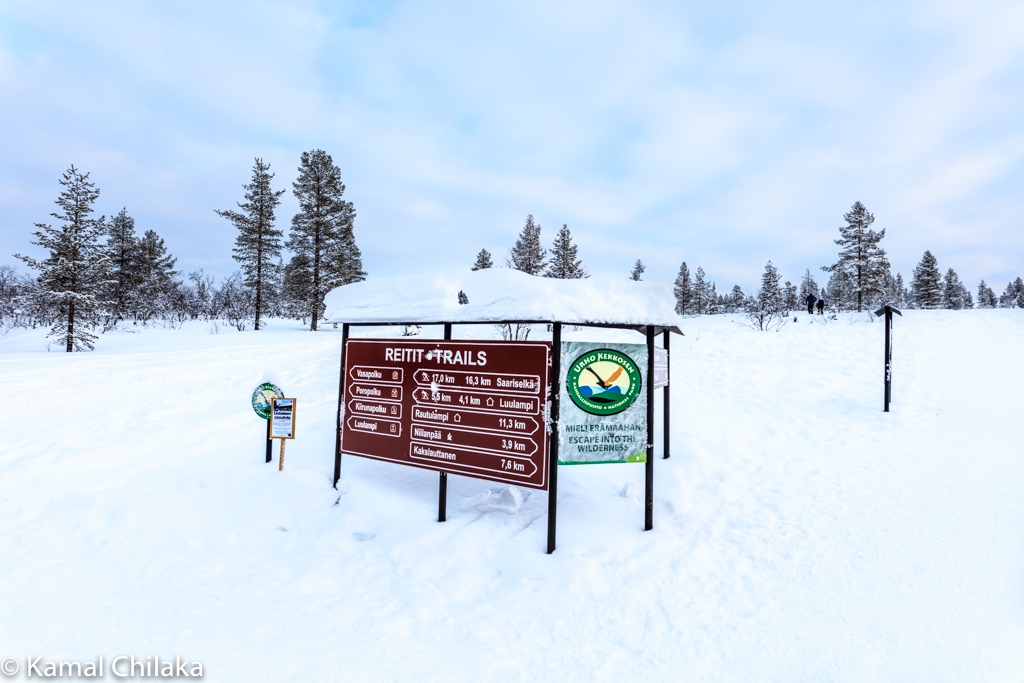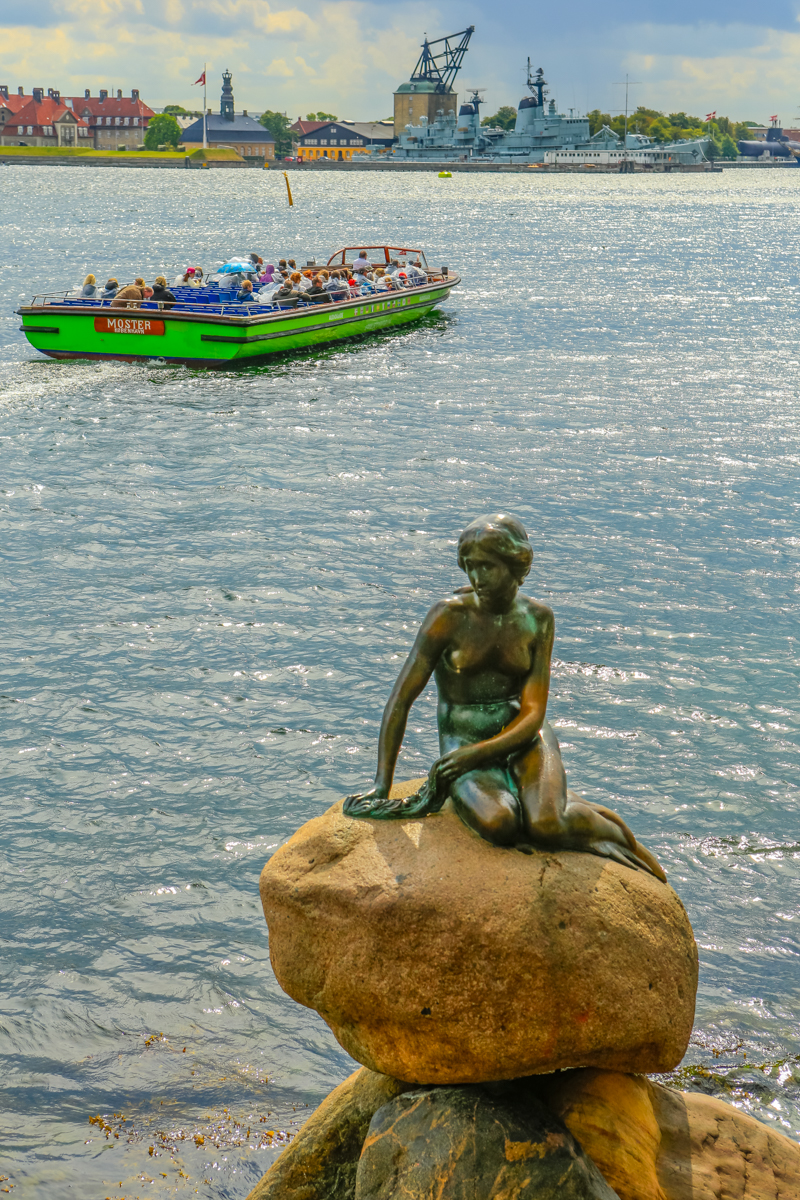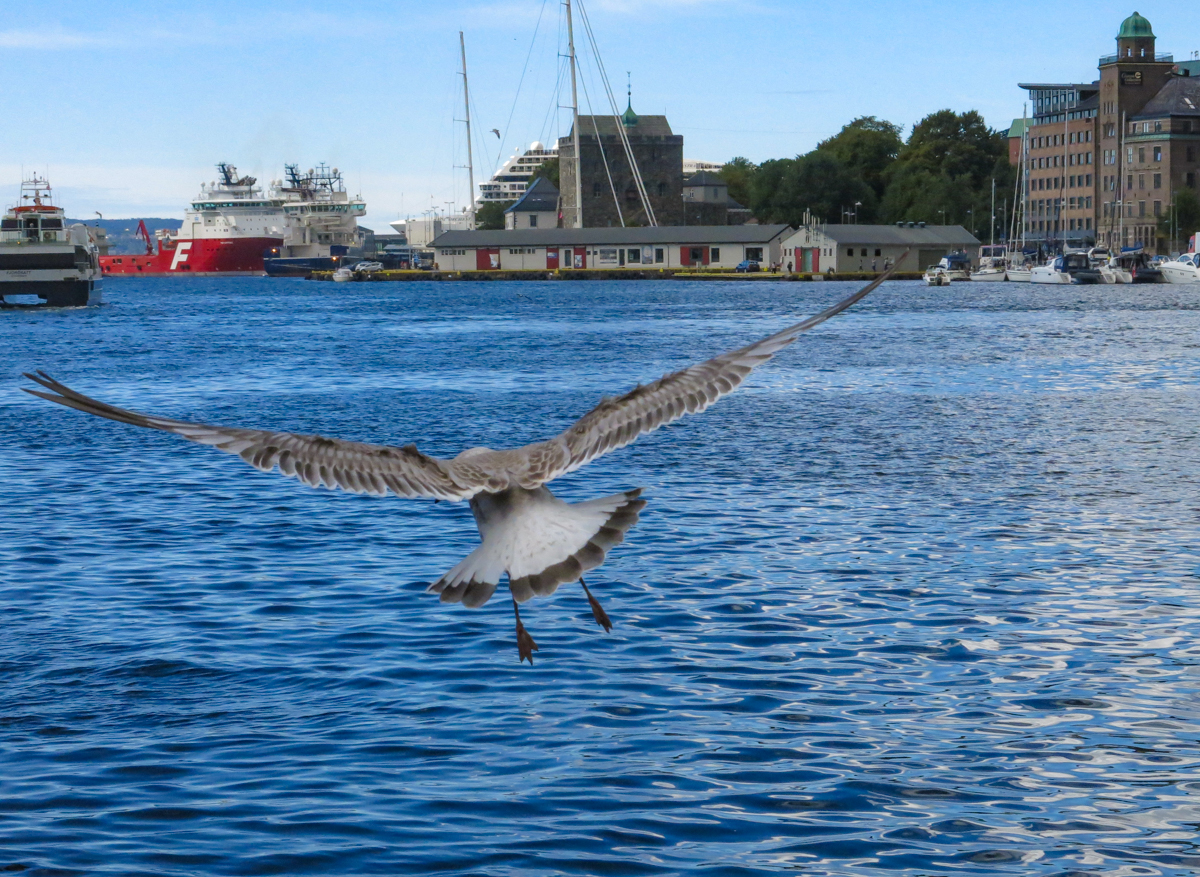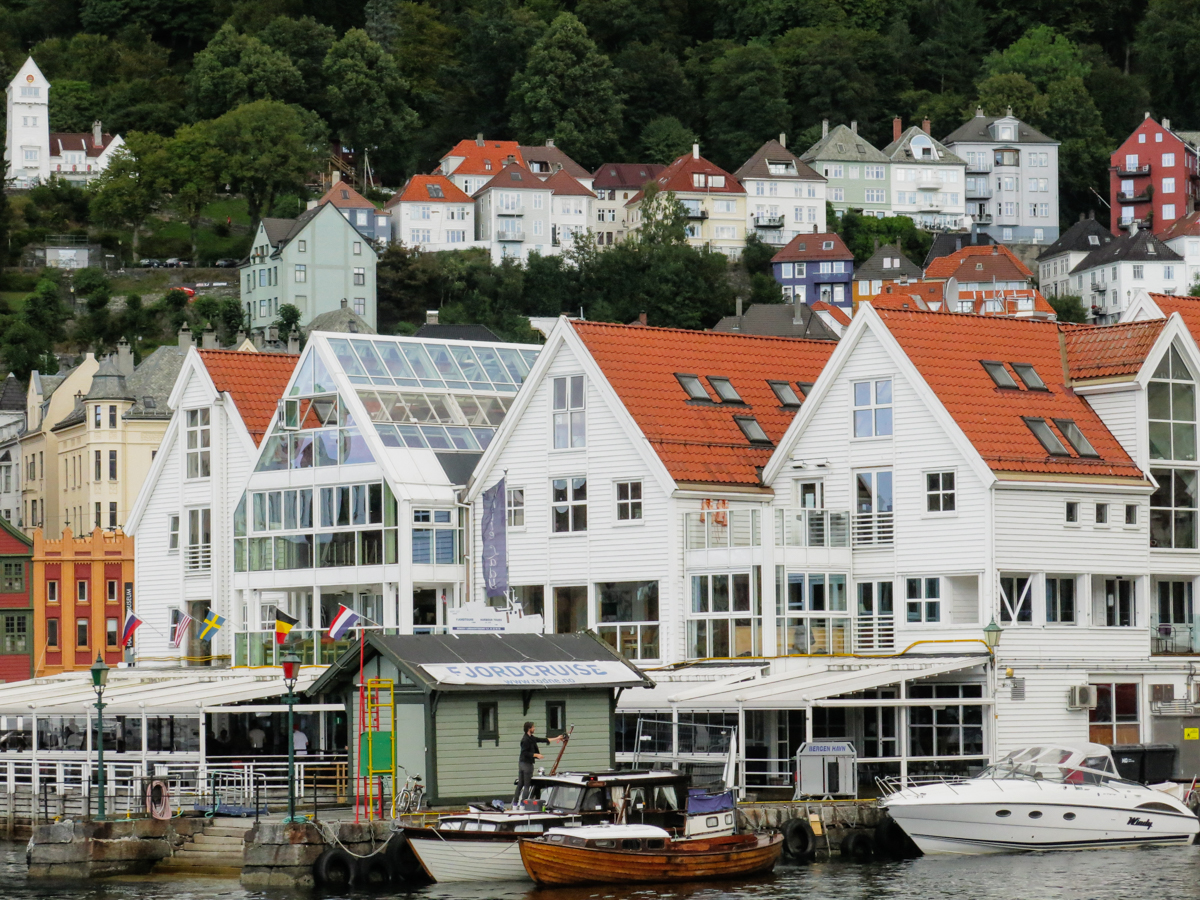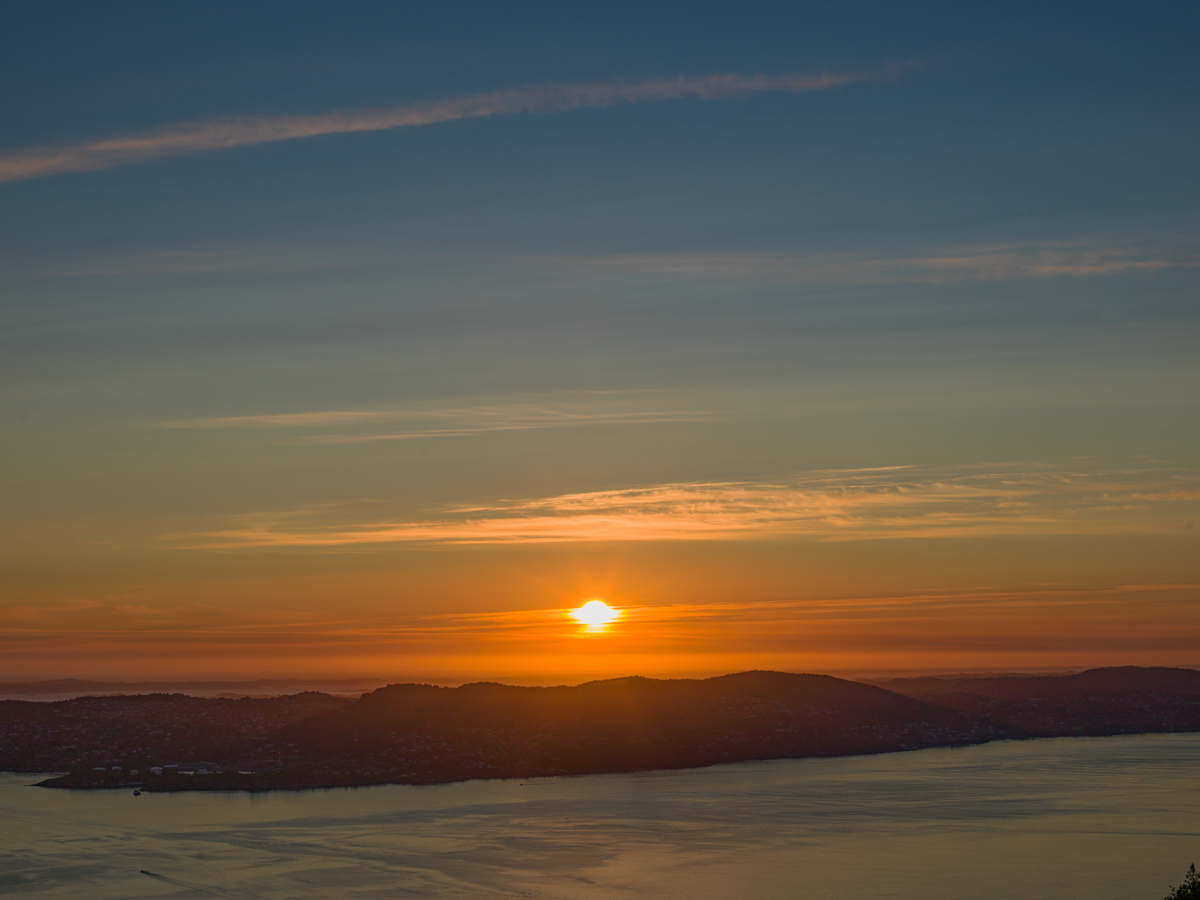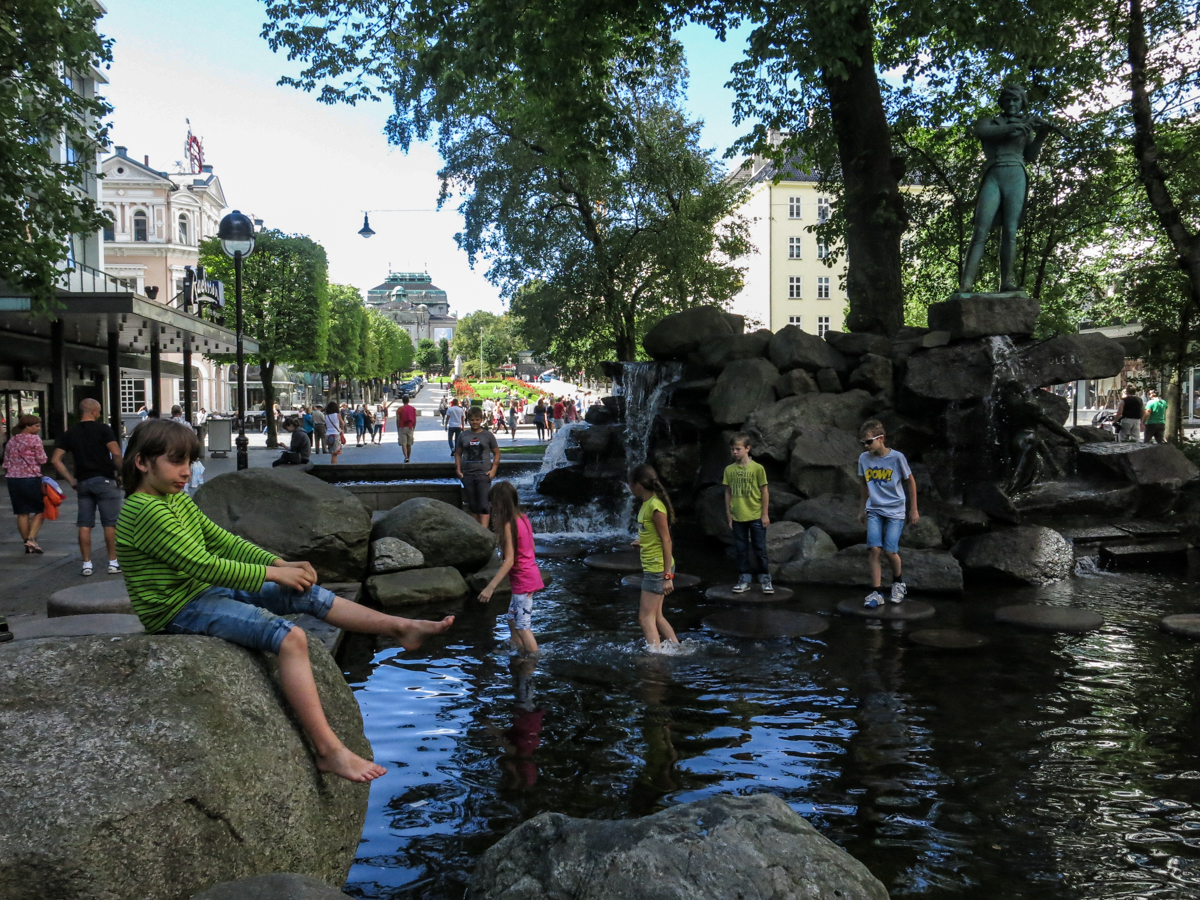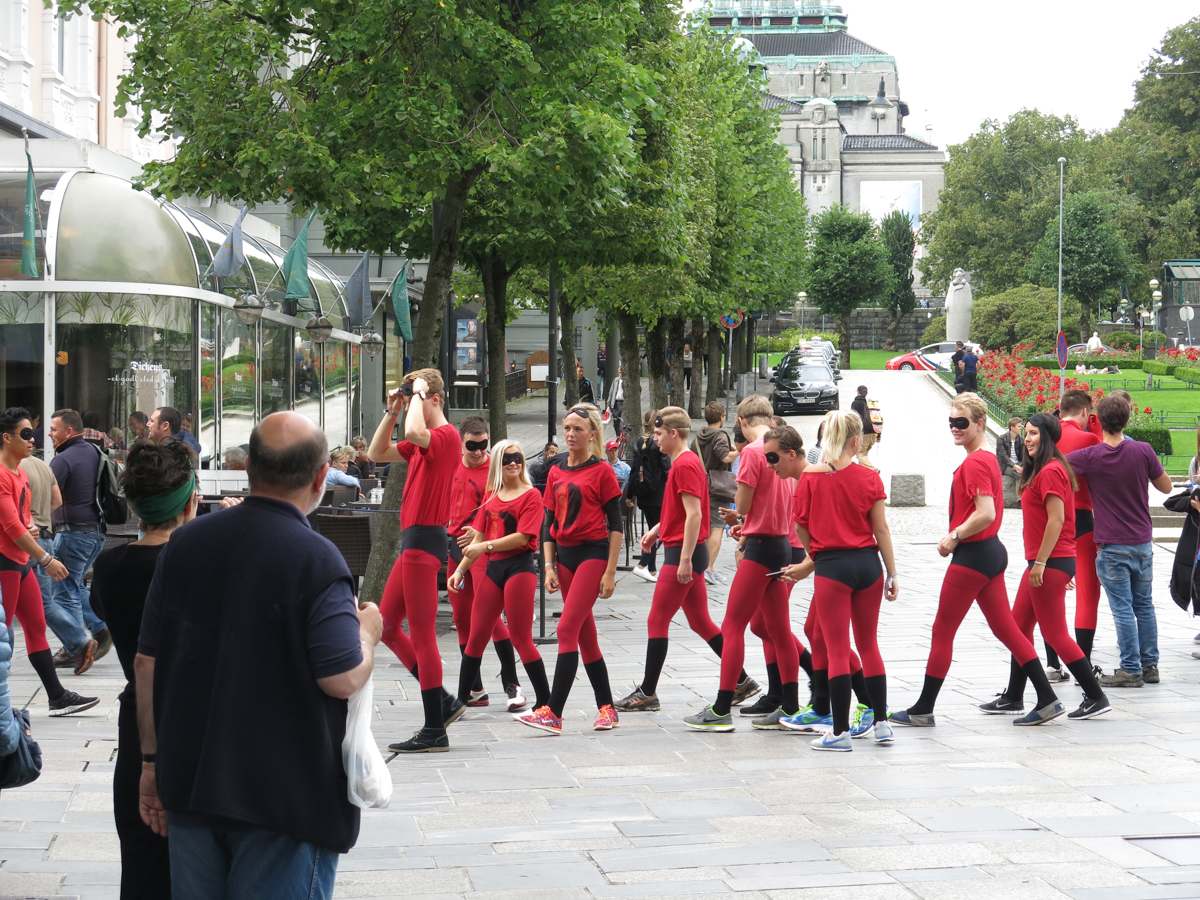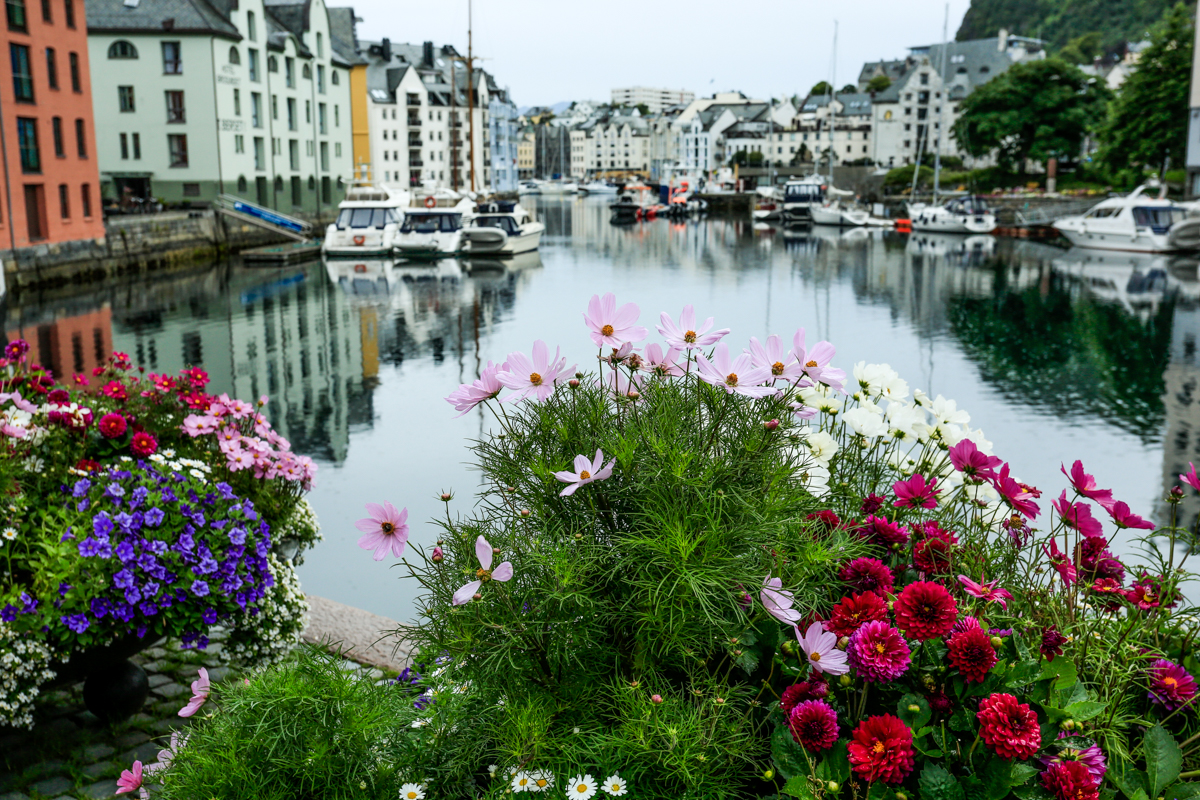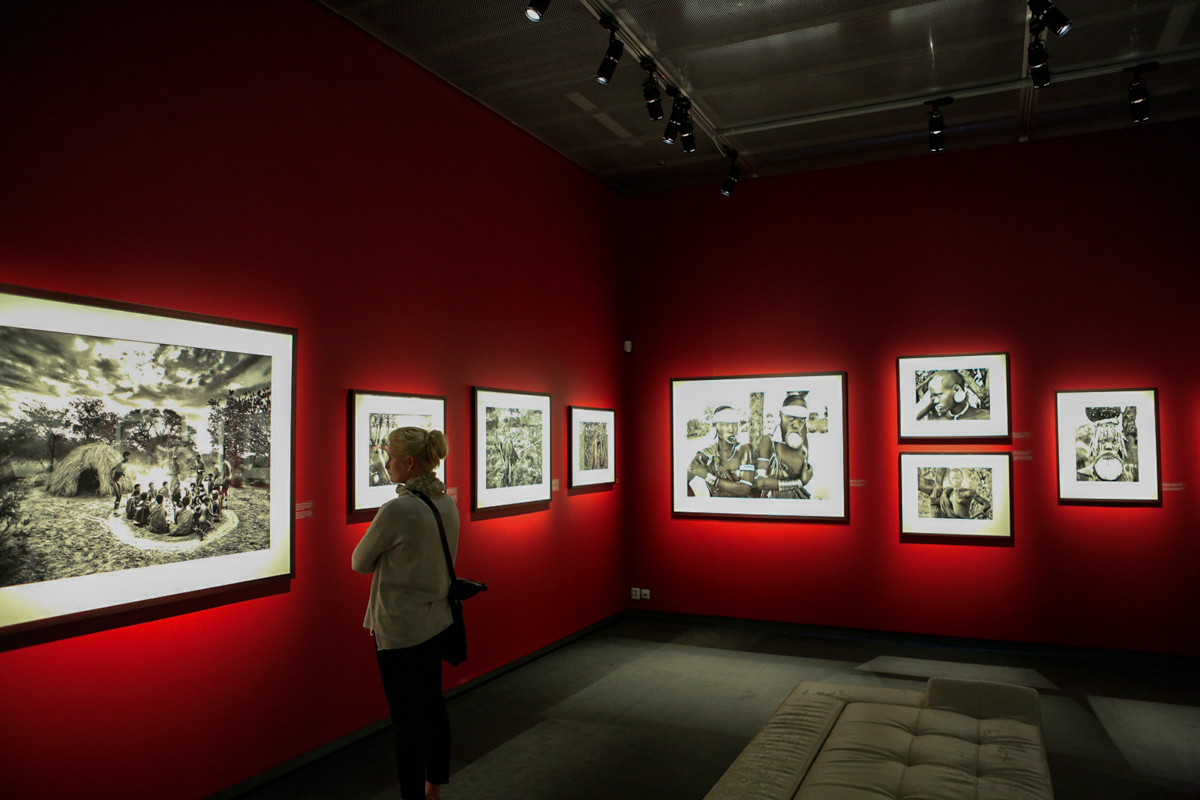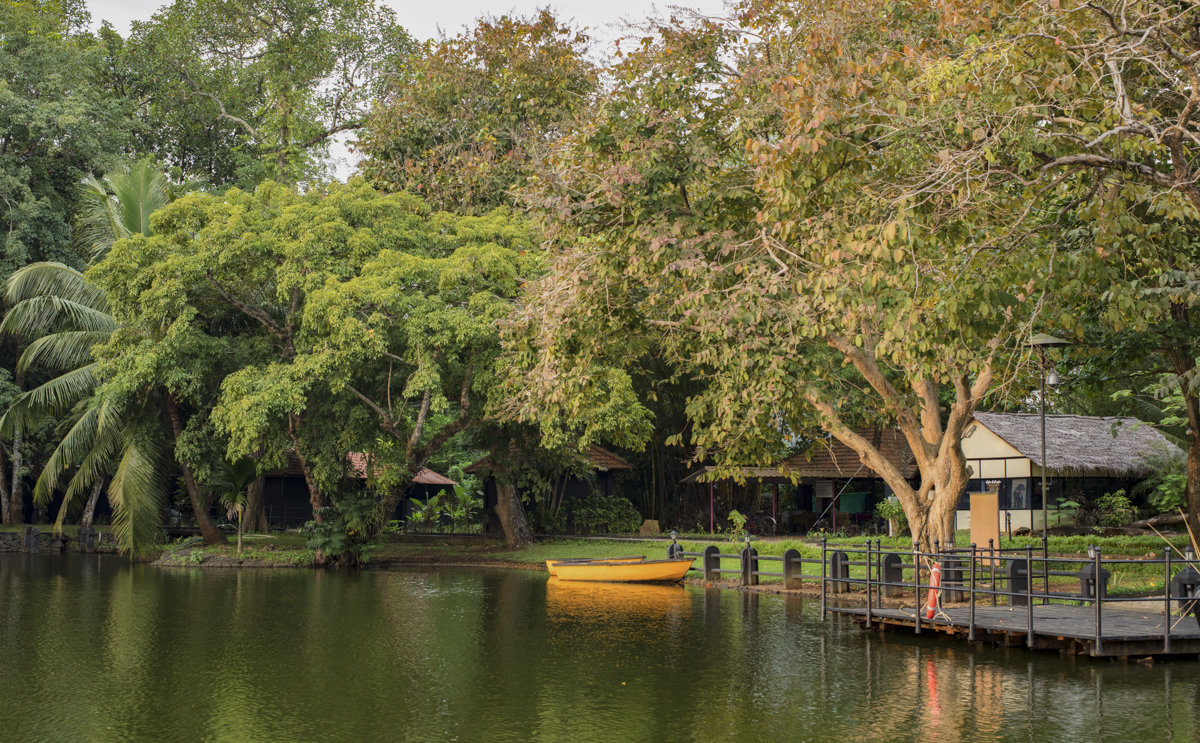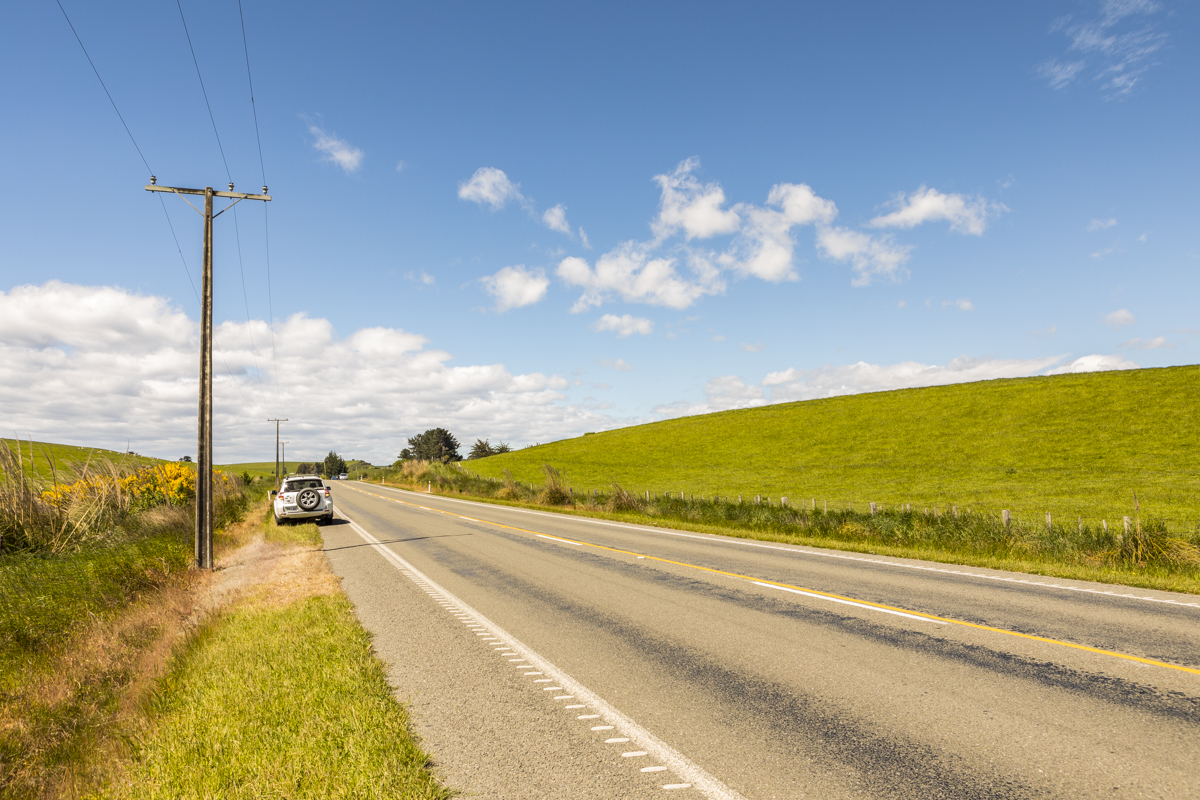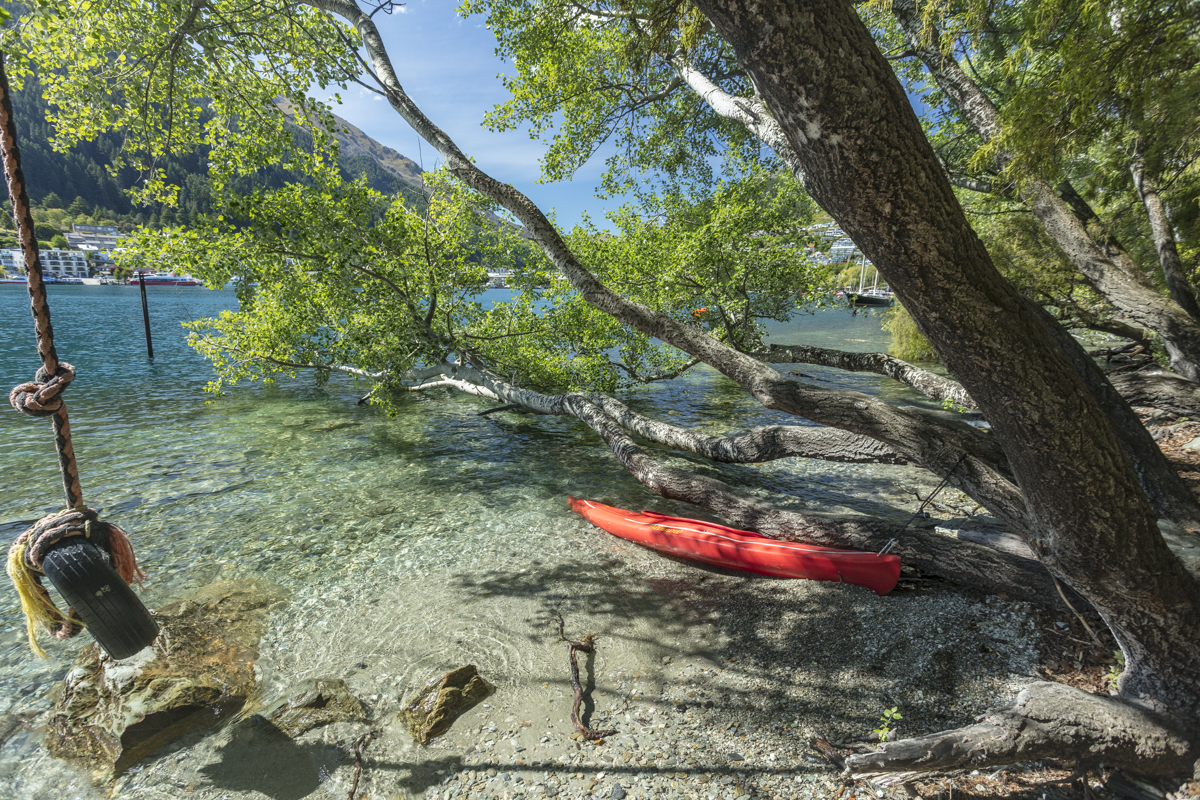My Exploratory trip to Finnish Lapland- Winter Wonderland !
February 2018 brought with it some unexpected travel plans. I think this was the quickest trip by far from Thought to Planning and actually heading there that I have experienced in a very long time. I have been wanting to do some true white winter photography for a while now and being situated in India and Singapore you can see how that can be a challenge.
February 2018 brought with it some unexpected travel plans. I think this was the quickest trip by far from thought to planning and actually heading there that I have experienced in a very long time. I have been wanting to do some true white winter photography for a while now and being situated in India and Singapore you can see how that can be a challenge.
But this year all that changed as a chain of events resulted in my ending up in Finnish Lapland near the Arctic Circle. So what follows is a Photo Essay/Travel Tip/Photography Learnings from that trip.
Why Lapland?
Having shot primarily during spring and fall for the past several years I was nagged by a desire capture photographs of a proper white winter.
I had been putting off winter photography for all the usual reasons. Having lived most of my life in the hot tropical conditions of South India and also having experienced the biting cold winters of North Eastern US for a few years I have generally been comfortable planning my Landscape and Travel shoots during the shoulder seasons of Spring and Fall.
And I have hundreds of images from those shoots. But what was starkly missing from my portfolio was winter photos.
Getting There
From Singapore
Finnair has direct connections from Singapore to Helsinki. From Helsinki fly to Rovaniemi which is the main gateway to Finnish Lapland.
From India
Finnair flies from Mumbai and New Delhi to Helsinki from where you can connect to Rovaniemi.
Other Notable Airports in Lapland are Ivalo and Kittila but I strongly suggest heading to Ravaniemi first getting your winter bearings there in the comfort of a relatively larger town with load of facilities and Tour Operators before heading in to the more remote areas.
Watch this Video for more Information on how I planned for my trip.
When to Go to Experience Winter in Lapland
December to March is winter period at Lapland.
Typical Temperatures in winter
December: -20 to -10 degrees Celsius
January: -30 to -15 degrees Celsius
February: -20 to -15 degrees Celsius
March: -15 to -5 degrees Celsius
Clothing
At these low temperatures its very important to stay warm . Wear Layers and Choose good quality lightweight synthetic fibres or wool. Stay away from cotton while choosing clothing for this trip.
During my trip the coldest temperature was -29C and on average it was in the -15C range. I wore 3 layers regularly starting with thermals and then insulated pants and woollen sweaters or fleece and the final layer being a heavy insulated jacket and snow pants.
For footwear I wore sock liners and thick wooden socks and my mid height hiking boots which did a decent job of keeping me warm. And to protect my head and face I had a balaclava over which a I wore thick woolen Beanie and UV goggles to protect my face.
I used photography gloves with openable tips for index finger and thumbs on both hands to keep me warm but also make it easier to operate the camera controls.
My Favourite Outdoor Wear Brands
For Clothing : White Sierra, Patagonia, Arcteryx, Marmot, Mammut
Winter Gear
2. Snow Pants
3. Base Layers
What was in my camera Bags?
As photographers we are ofter conflicted with what to take and what to leave behind just in case and this time was no different. I think I carried a little more than I should have but here is the list of equipment I carried for the trip. I took with me the Canon 5D IV and Canon 5DS-R Camera bodies. These are now available at a discount now and are still very good options. But technology has marched on and there are several great high resolution cameras with better dynamic range available now.
Suggested Cameras Updated for 2021
From Canon
Canon EOS R6 Full-Frame Mirrorless Camera with 4K Video
Canon RF 70-200mm f/2.8L is USM Lens
Canon RF 24-105 mm F/4 l is USM Lens
From L Mount Alliance
Panasonic Lumix S DC-S1M, Full Frame Camera with 24-105 Lens kit
Leica SL2 47MP Mirrorless Full-Frame Camera (Body Only)
Leica Vario-Elmarit-SL 24-90mm f/2.8-4 ASPH. Lens
From Fujifilm Medium Format
Fujifilm GFX 100S Body - Black
Fujinon GF32-64mmF4 R LM WR Lens
From Sony
Sony - FE 16-35mm F2.8 GM Wide-Angle Zoom Lens
Sigma 592965 28-70mm F2.8 DG DN for E mount
In hindsight I think the 55mm Otus and the 100mm Macro were overkill and weren't used all that much. The Lens that I enjoyed shooting the most with were the Sigma 20mm f1.4 and the Canon 70-200 f2.8 followed by the Canon wide angle zoom.
Accessories
Mindshift Gear- Backlight 26L Backpack , Think Tank Airport Stroller Bag
Gitzo Mountainer Tripod and Arca Swiss Z1 ball head
Rugged Torchlight
San Disk Extreme and Lexar CF Cards and SD cards
Lacie Rugged External Hard Drive and San Disk SSD Drives for backing up images
Macbook Pro and iPad Pro which were a bit redundant next trip I wil carry just one of these.
(I Lost my B1 Ball head while using the ski lift to to the top of kaunispa and now need to replace that. Hazards of travel photography !)
My Itinerary
My Journey started in Singapore from where I flew on British Airways to Helsinki Via Heathrow . From Helsinki I took a connecting flight to Rovaniemi the gateway town to Finnish Lapland . Rovaniemi has two unique qualities. 1 the Arctic Circle actually runs through it. 2 It is home to Santa’s Village and Santa’s post office.
After landing at Rovaniemi Airport and collecting my baggage I quickly donned enough protective clothing to withstand the short walk from the terminal door to the free bus into the city. I was dropped off at the entrance to my hotel the Cumulus Hotel Pohjanhovi which I had booked through Booking.com and was soon checked in and up in my room with was spacious and warm.
Rovaniemi the gateway to Lapland
Rovaniemi is a nice town for starting your journey into Lapland. If you have never experienced a Nordic winter before its good to get acclimatised here and get your winter bearings. Rovaniemi has a number of good tour and safari operators who can help you with a number of Lapland activities such as trips to Reindeer Sleigh rides and farm visits, husky tours, snowmobiling, snowshoeing and even night safaris to watch the northern lights.
If you are traveling with family and young children a trip to the Santa Claus Village and and Santas post office would be a good place to start.
I was looking forward to spend time photographing the nature winter walks in and around the city.
Having slept well during my long haul flight after a brief rest at the hotel I was into my winter clothing and out with my camera doing a recon of the area around the hotel which was located on the banks of the Kemijoki River. The River was mostly frozen over and a blanket of snow had covered the frozen river. I could spot people river fishing through holes in the ice and I also watched a group of snow mobiles returning from a safari which was quite fascinating to watch as they drove across the frozen river led by an expert .
It was golden hour as I was exploring the river bank and was able to capture a couple of nice images.
I started to feel cold as the sun dipped below the horizon and decided to head back to the hotel and get myself a warm drink and some dinner before retiring for the night. I ensure I had all my batteries charges and memory cards loaded and gear ready for my first full day of shooting at the Arctic Circle.
Day 1-Day 4 Rovaniemi
Where to Stay at Rovaniemi
Rovaniemi Offers a number of hotels and Apartments to stay at but winter is a very busy time specially during Christmas and accommodations can get fully booked a month or more in advance so book early.
I stayed at the Cumulus Hotel Pohjanhovi due to its location close to the river and also the rating and reviews from users. it turned out to be a good choice. The rooms were of a reasonable size and nice and warm which was a welcome relief after walking around in the cold for 5-6 hours a day.
But there area number of cottages and bed and breakfasts also available but can have little or no services and located remotely which will then require your to rent a car.
I managed without renting a car the entire trip as I was hesitant to drive in the icy winter conditions there. But I must mention the roads were all well maintained and clear and traffic was moving along well on the highways.
A few hotels which I found interesting during my search
Hotels at Rovaniemi with good reviews
Mid Range
Luxury
Video about my experiences exploring the Banks for the River Kemijoki
Exploring the Bridges Walk
The 2 Bridges Walk is a picturesque walk along the banks of the Kemijoki River with crossings over the two bridges namely the Jätkänkynttilä, or Lumberjack Candle Bridge and the Old Railway Bridge.
You can also do the 4 Bridges walk is a longer loop covering all 4 bridges which totally about 8 km long. But I decided to just stick to the shorter walk as it was just oo cold to stay out for so long.
The walk offers great views of the Lumberjack candle bridge and frozen kemijoki and ounasjoki rivers.
You can spot people walking across the frozen river and also there area few outdoor saunas along the banks where you can take a dip in the icy waters and then get into a hot water tub.
The light keeps changing continually from sunrise to sunset and you are presented with so many different options of photos.
I specially liked exploring various compositions of the line of frost covered trees along the banks. I also enjoyed capturing small details and contrasts of plants and objects sticking out from the otherwise pure white snow.
Video of my experiences Photographing at Ounasvaara Winter Trail and Ranua Wildlife Park
Image Gallery from Ounasvaara Winter Trail and Ranua Wildlife Park, Lapland, Finland.
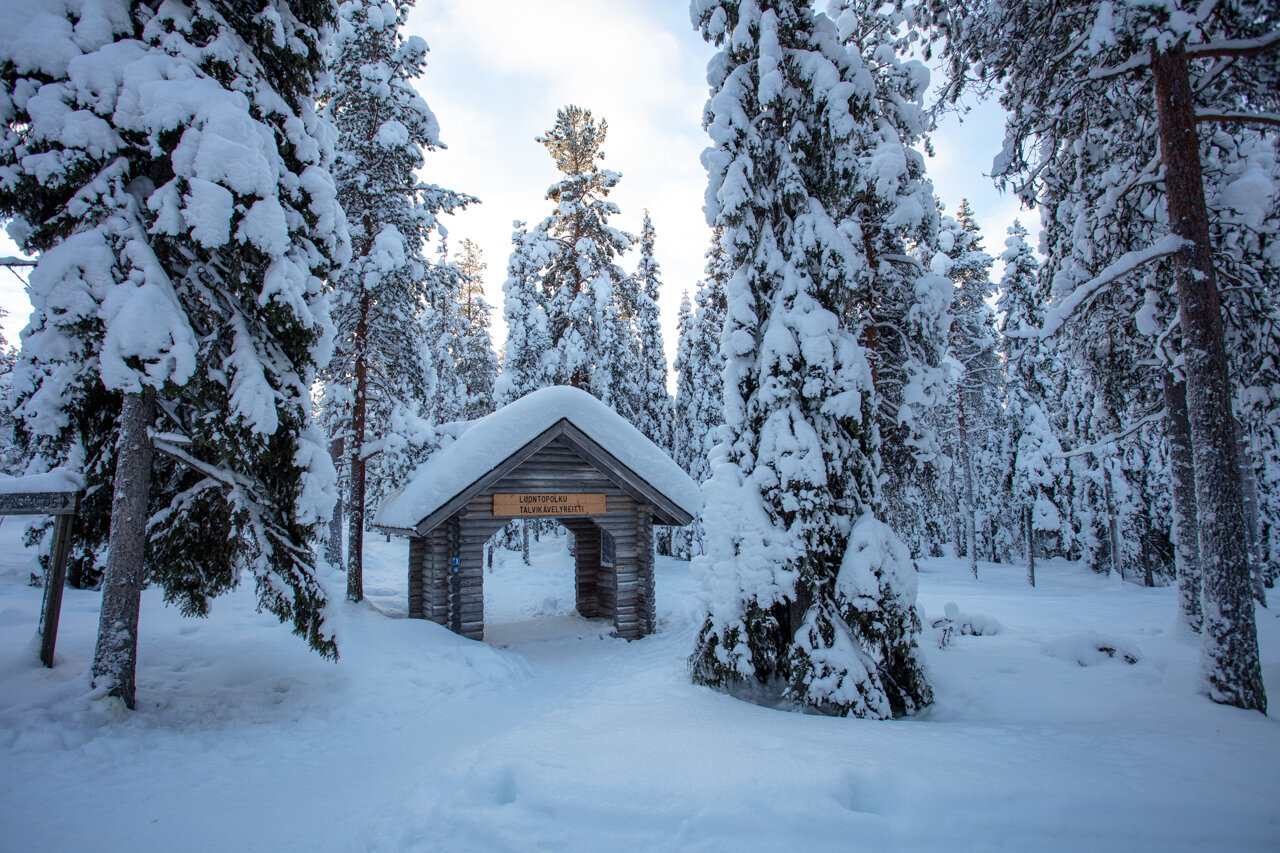
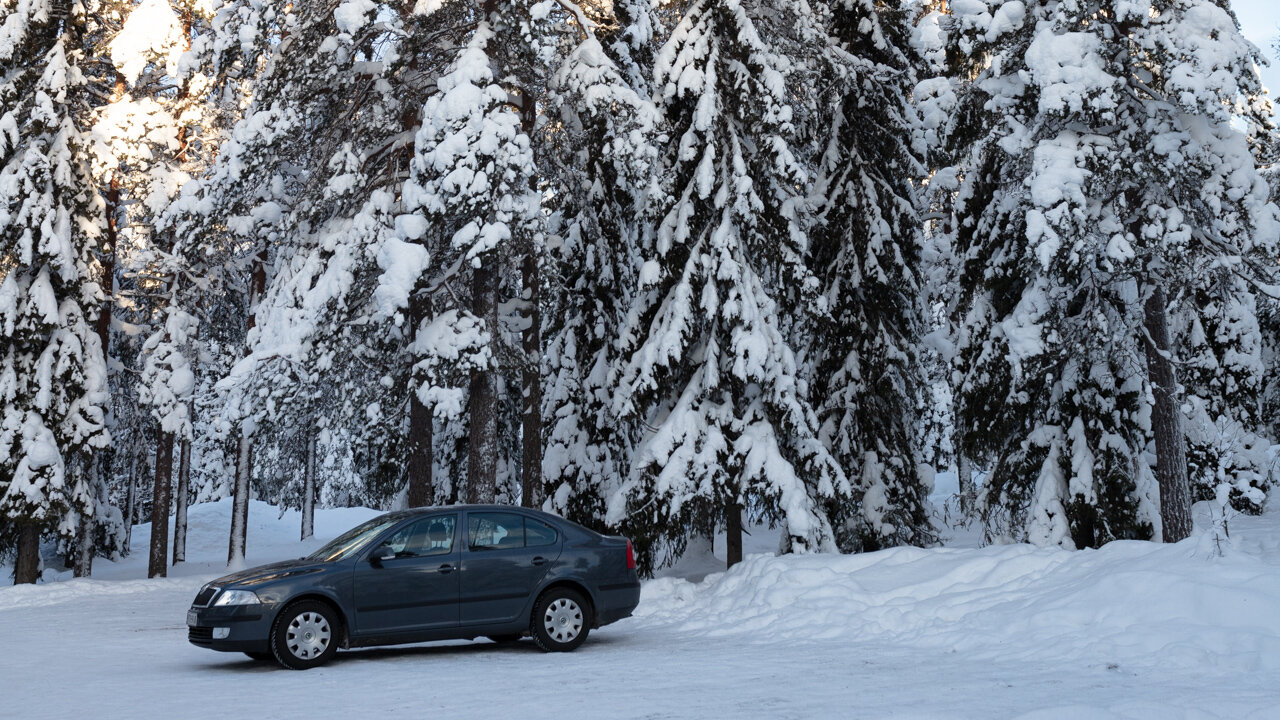
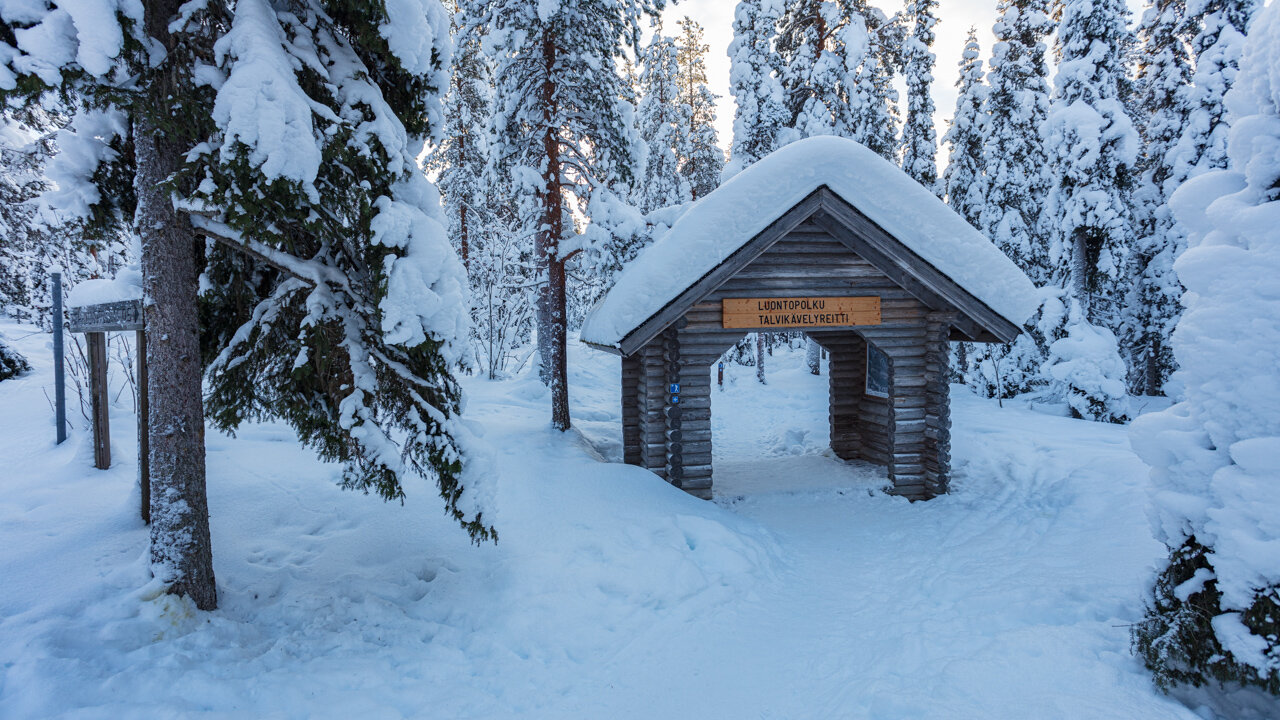
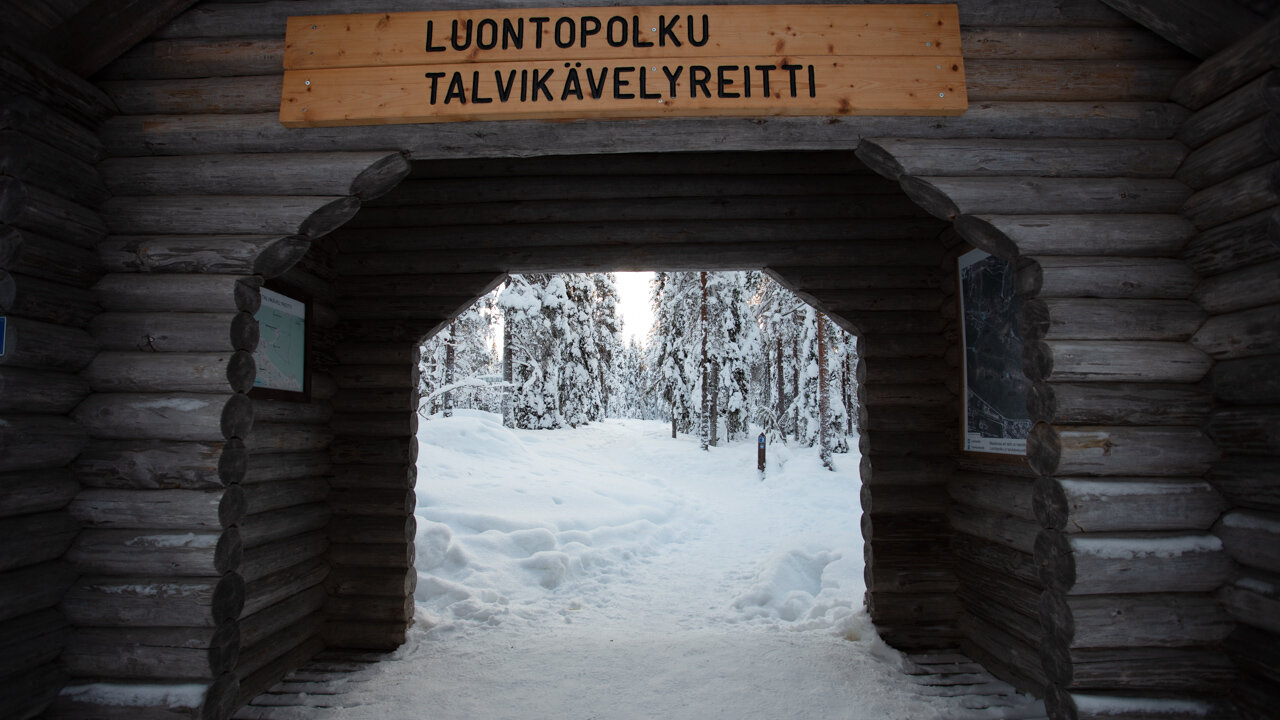

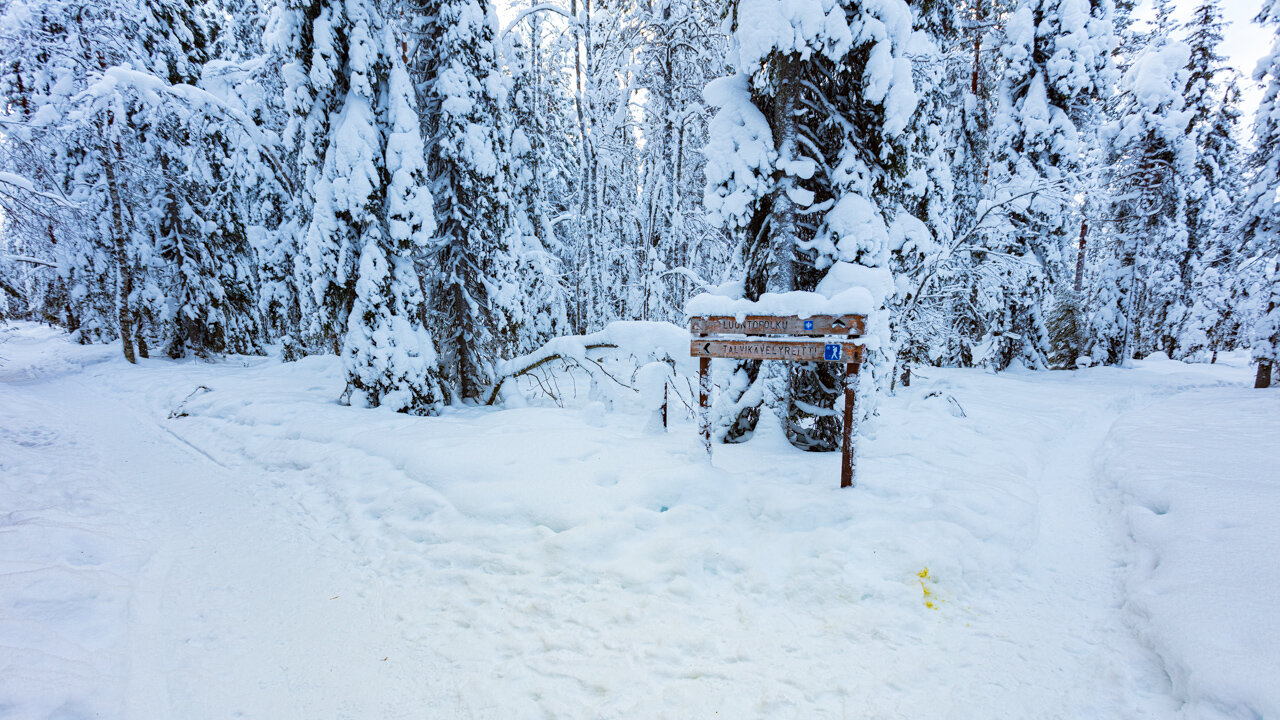
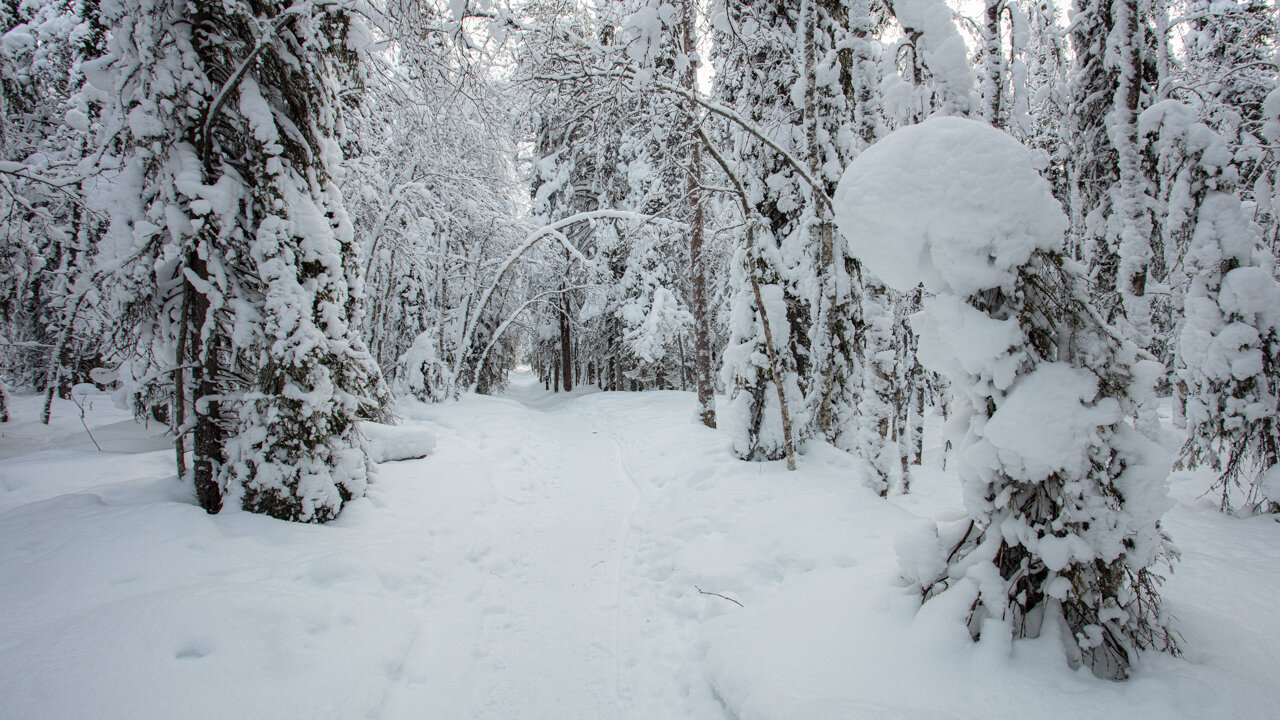
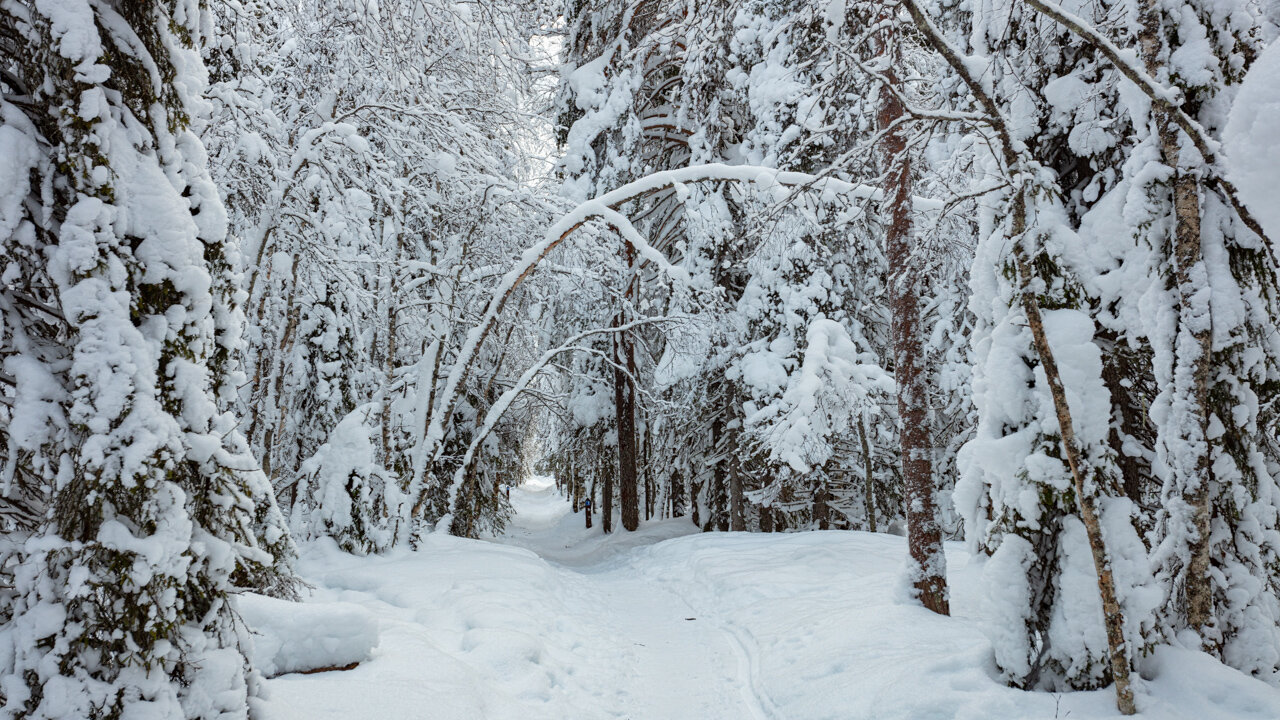
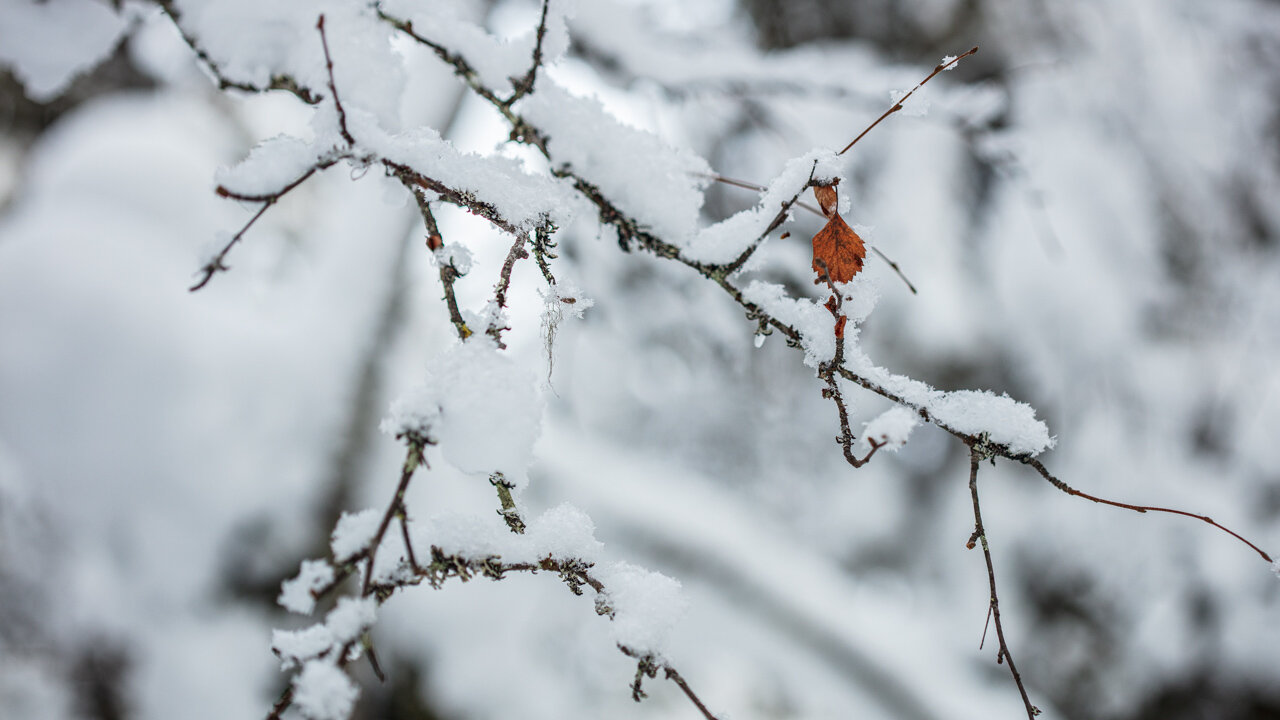
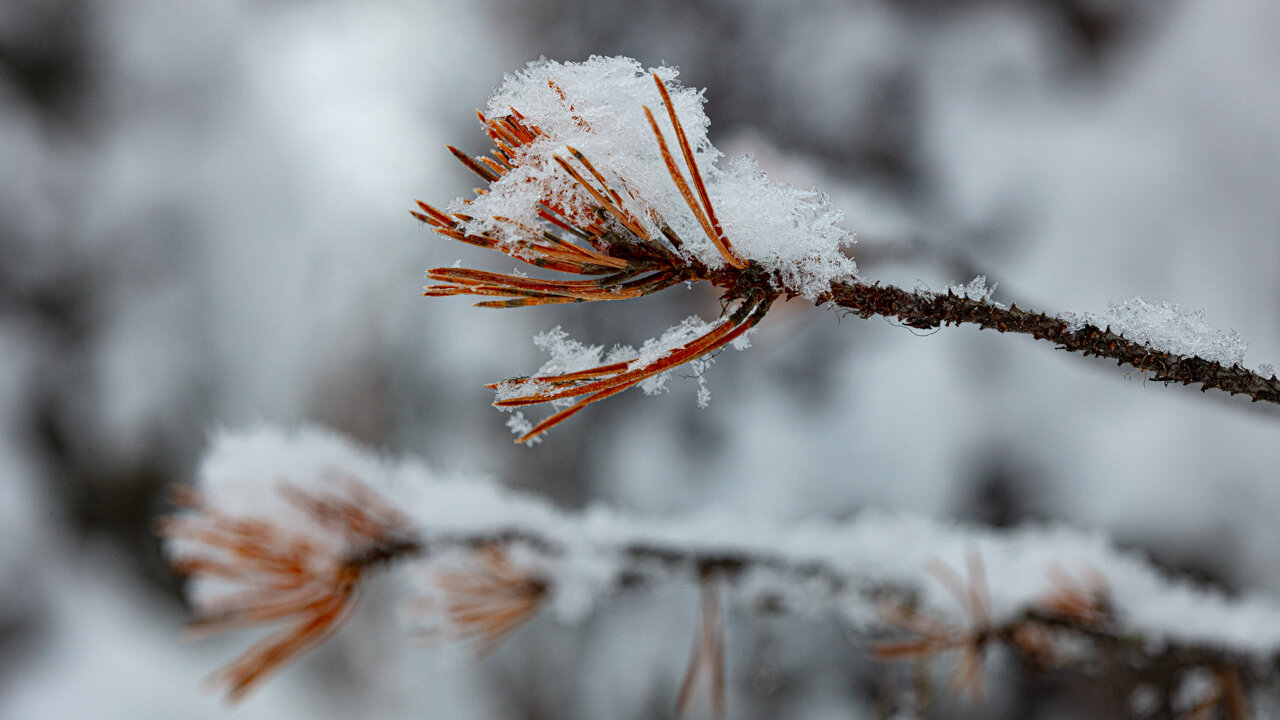
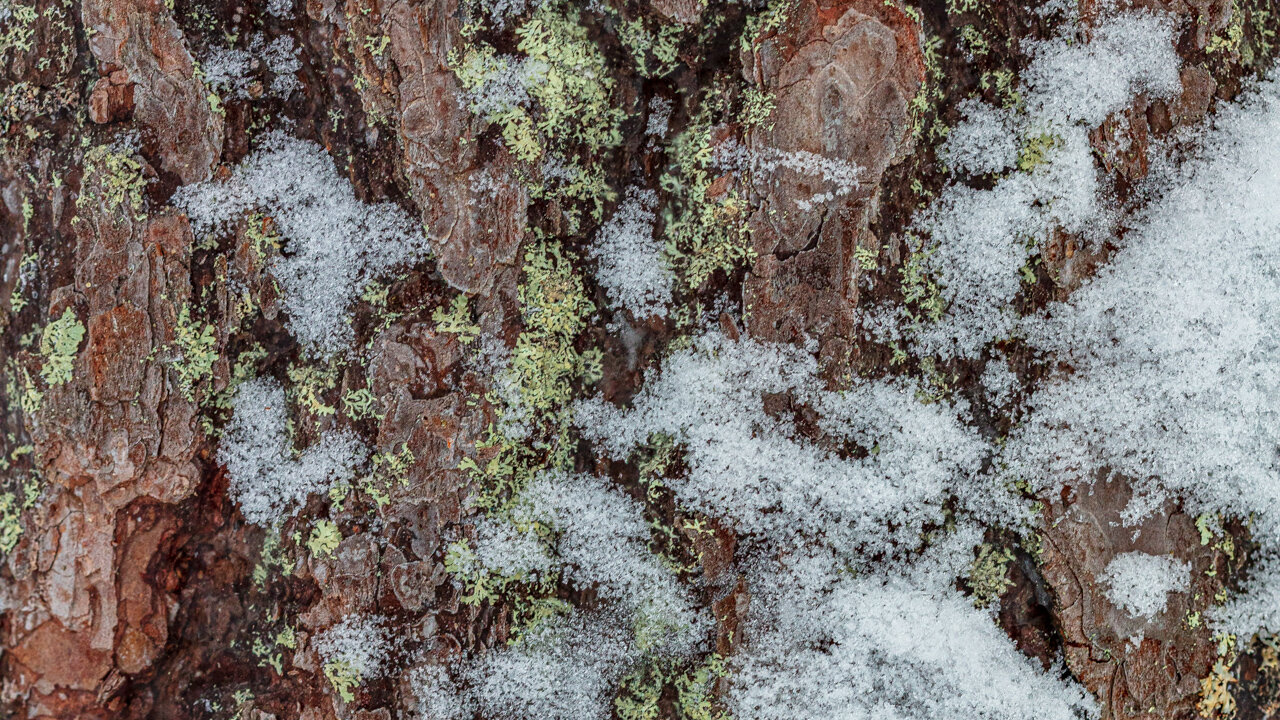
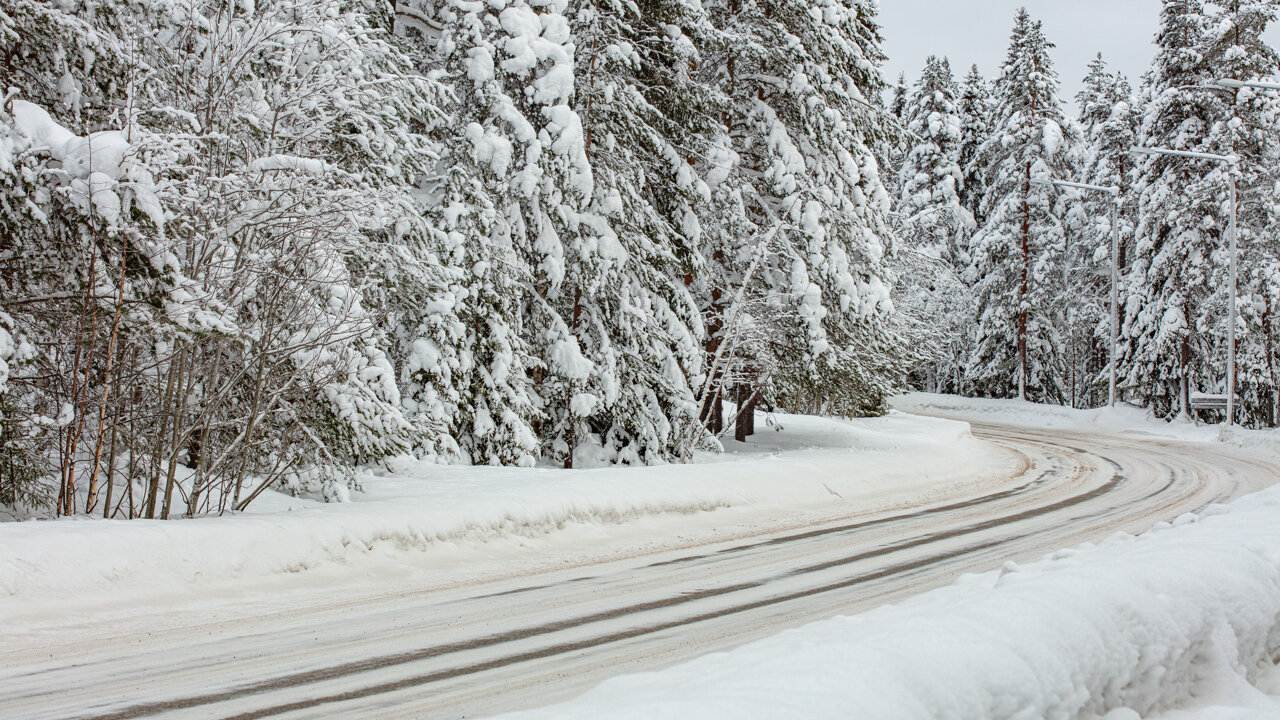
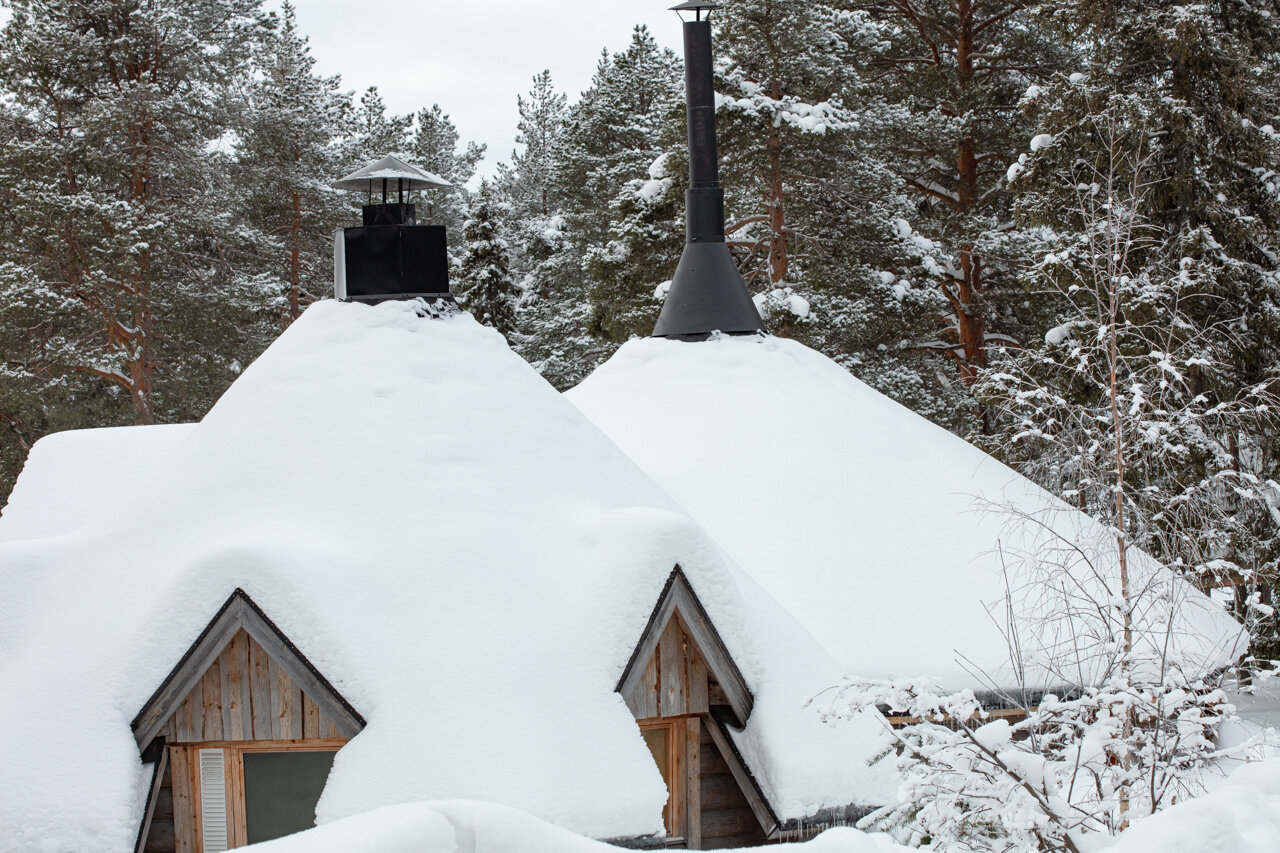
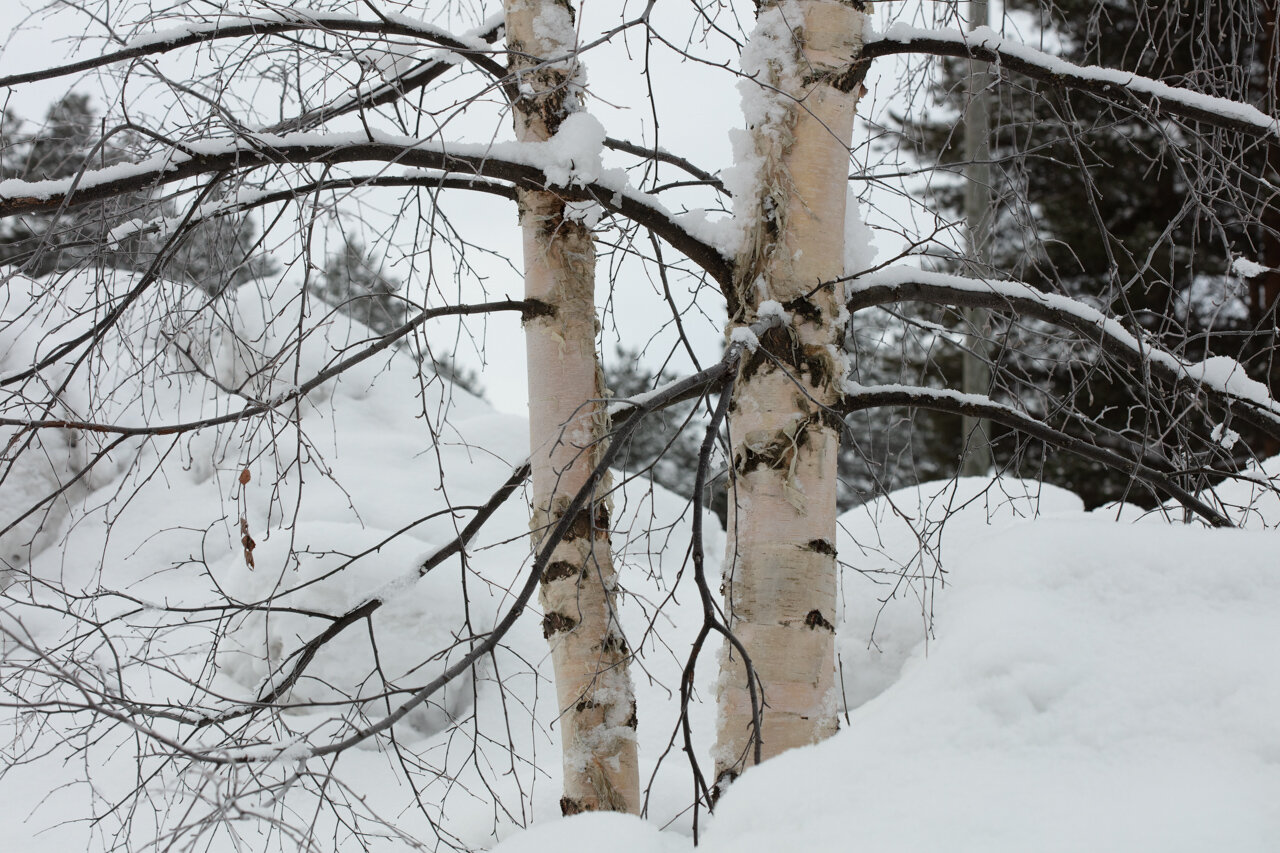
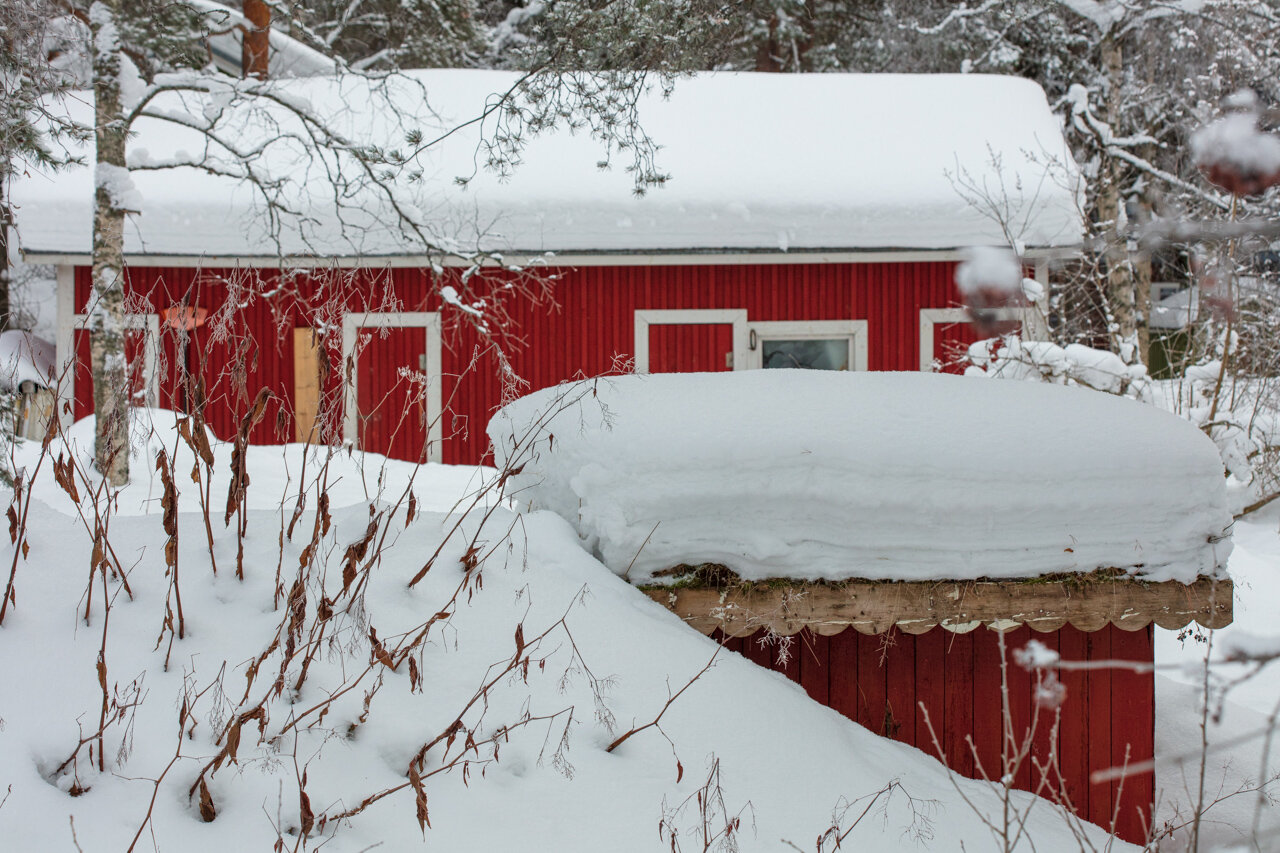
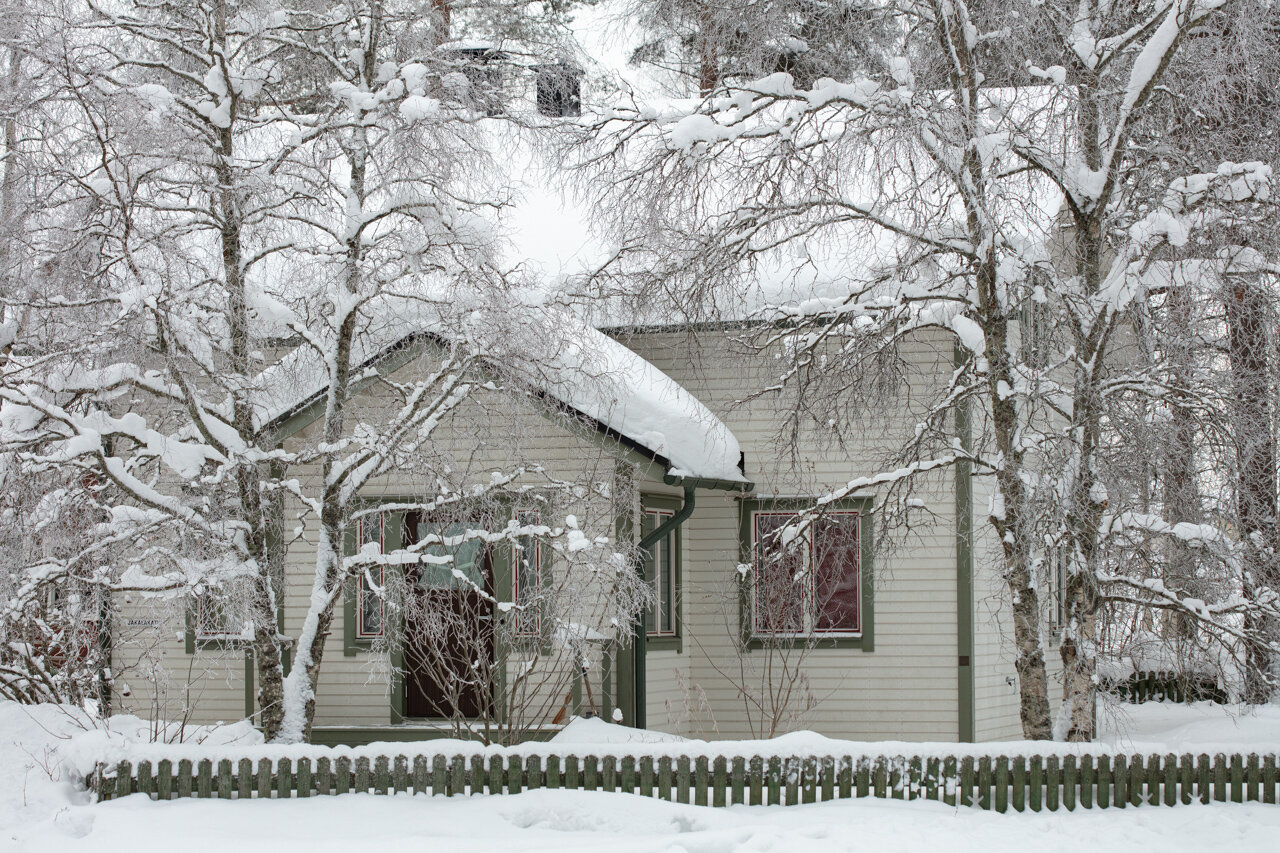
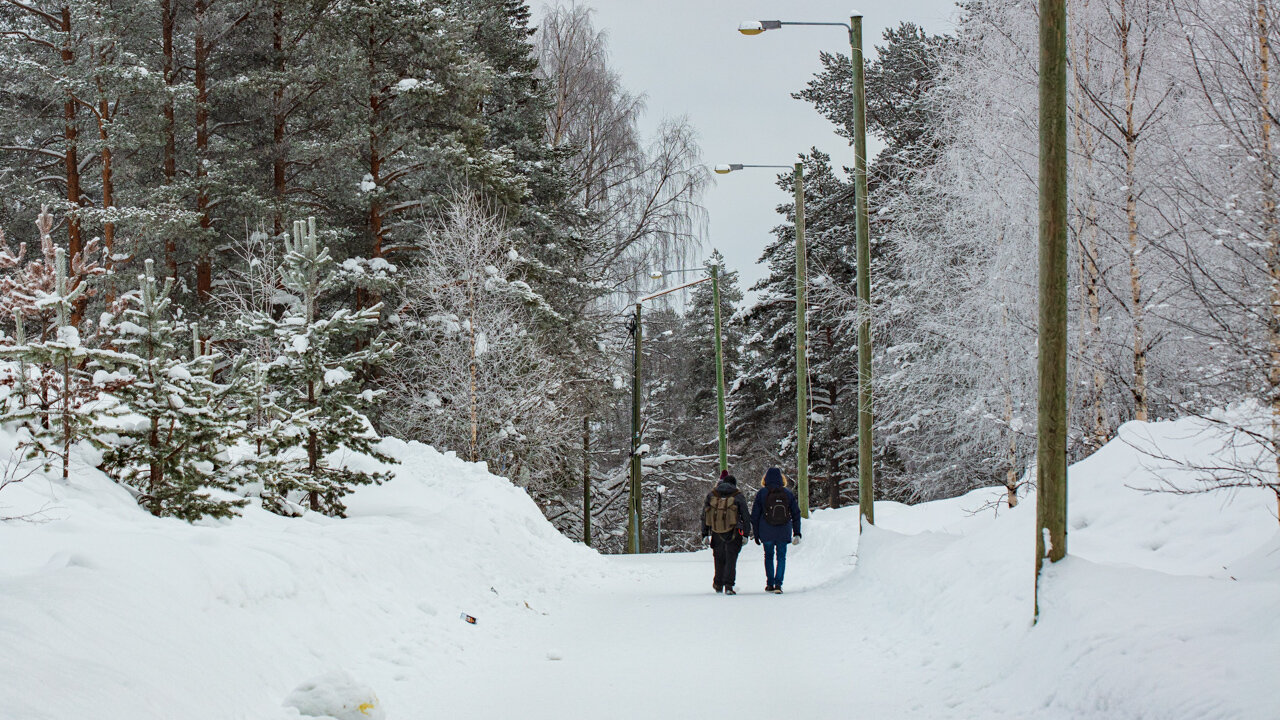
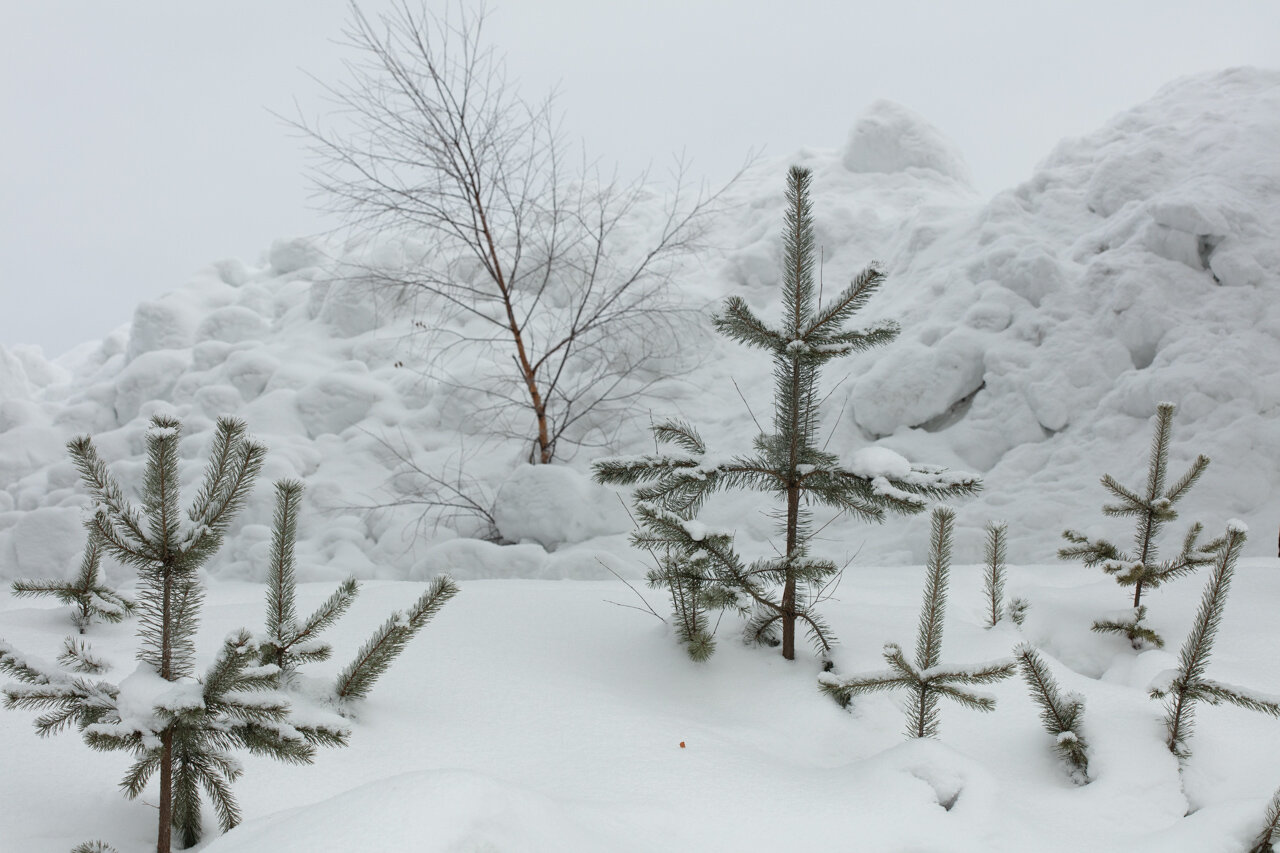
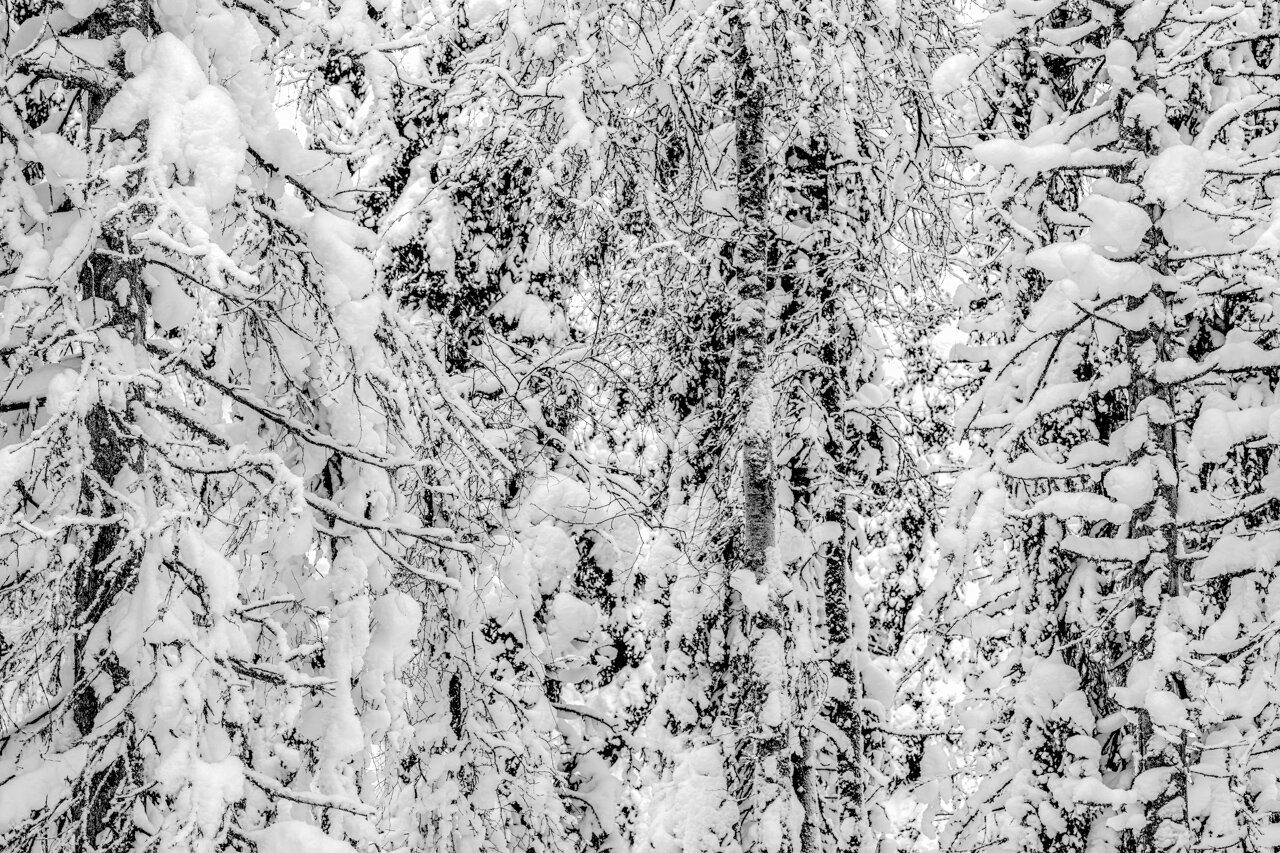
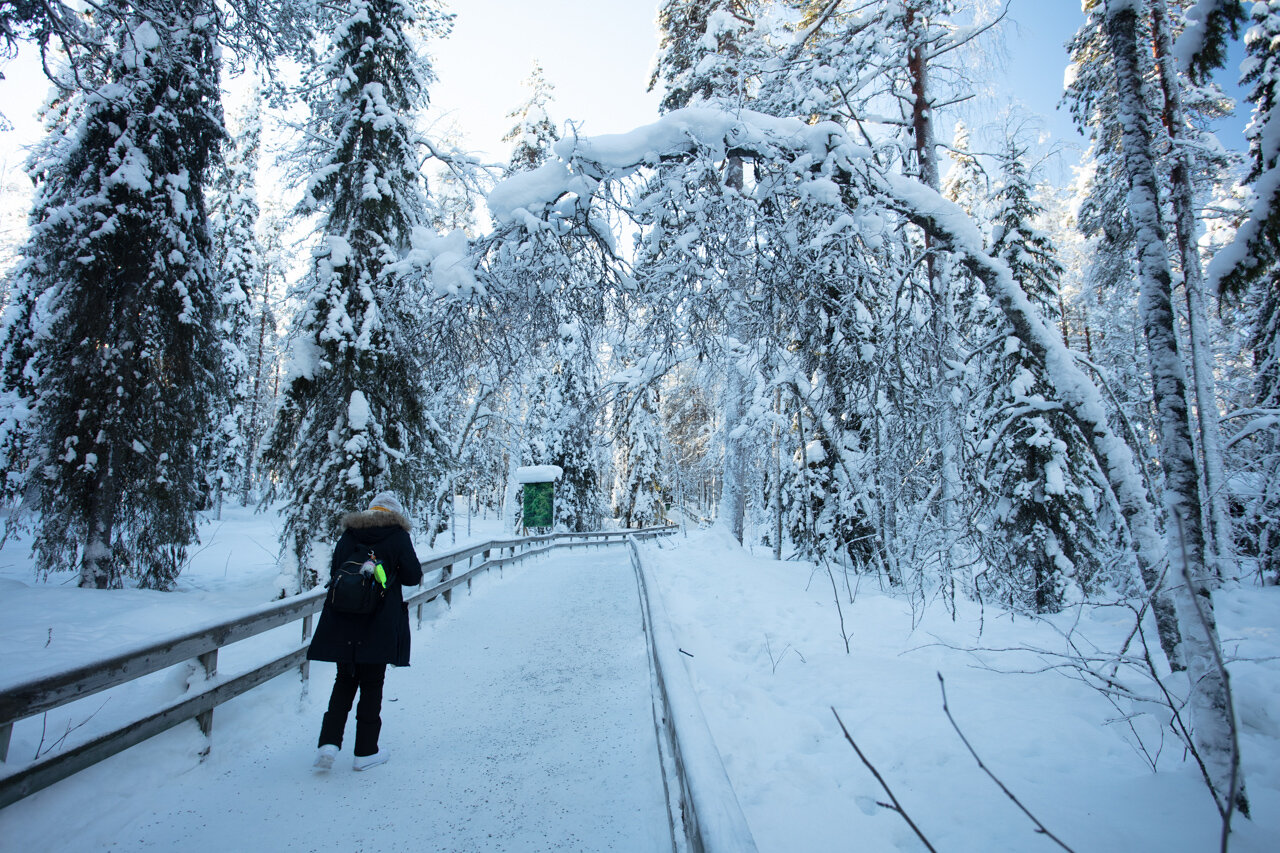

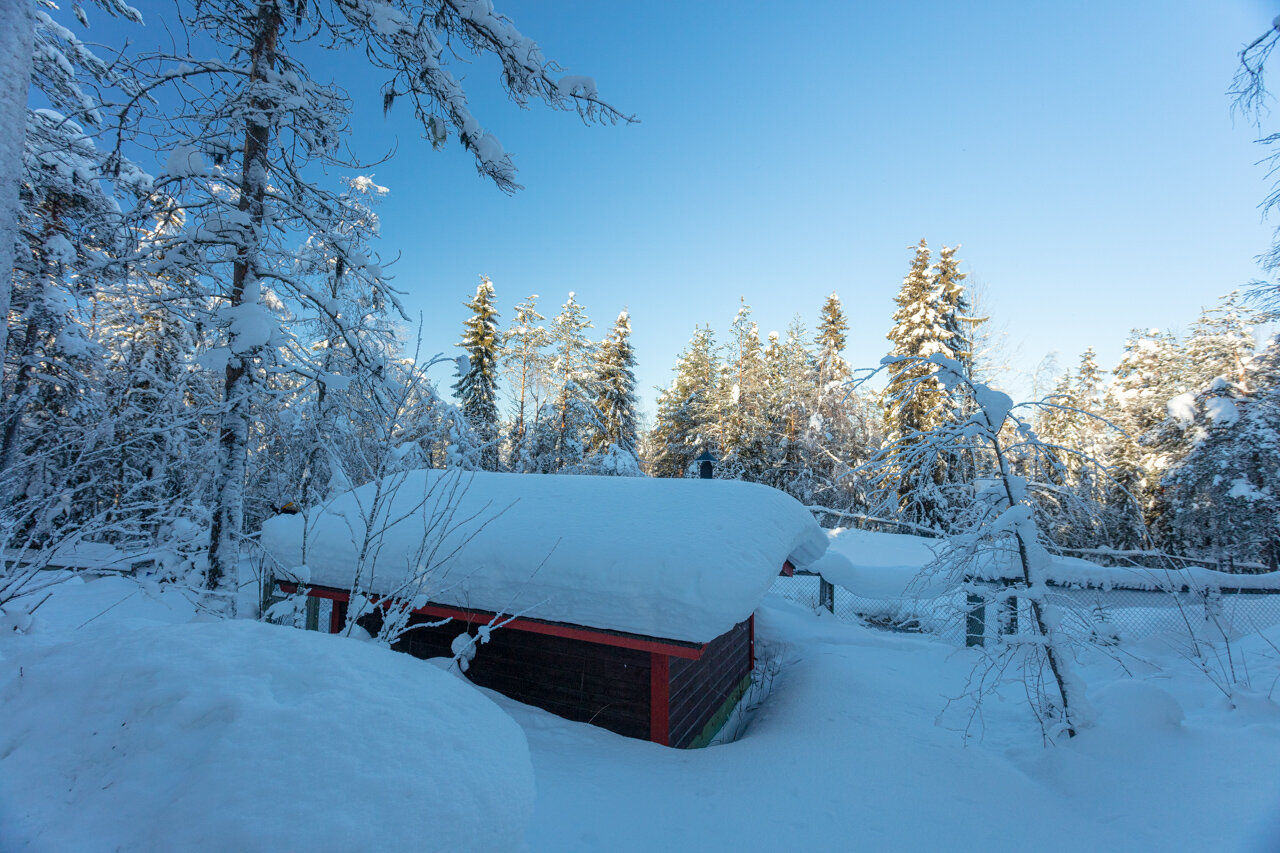
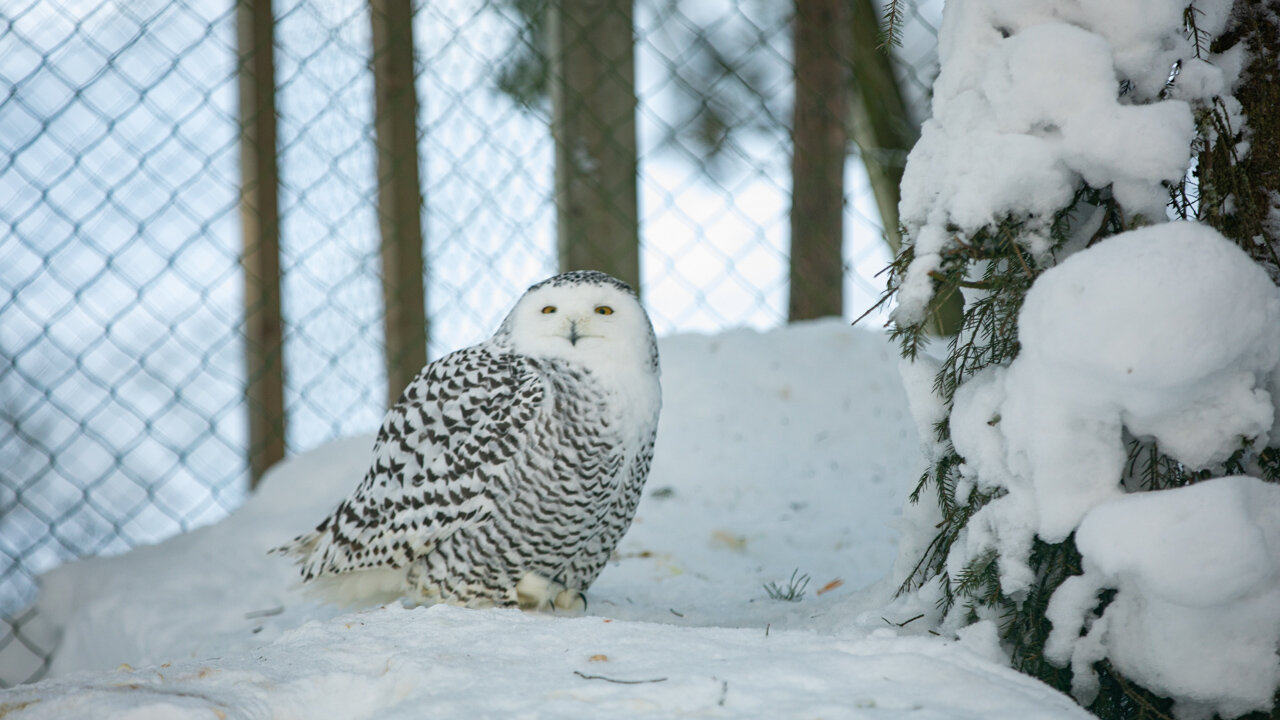
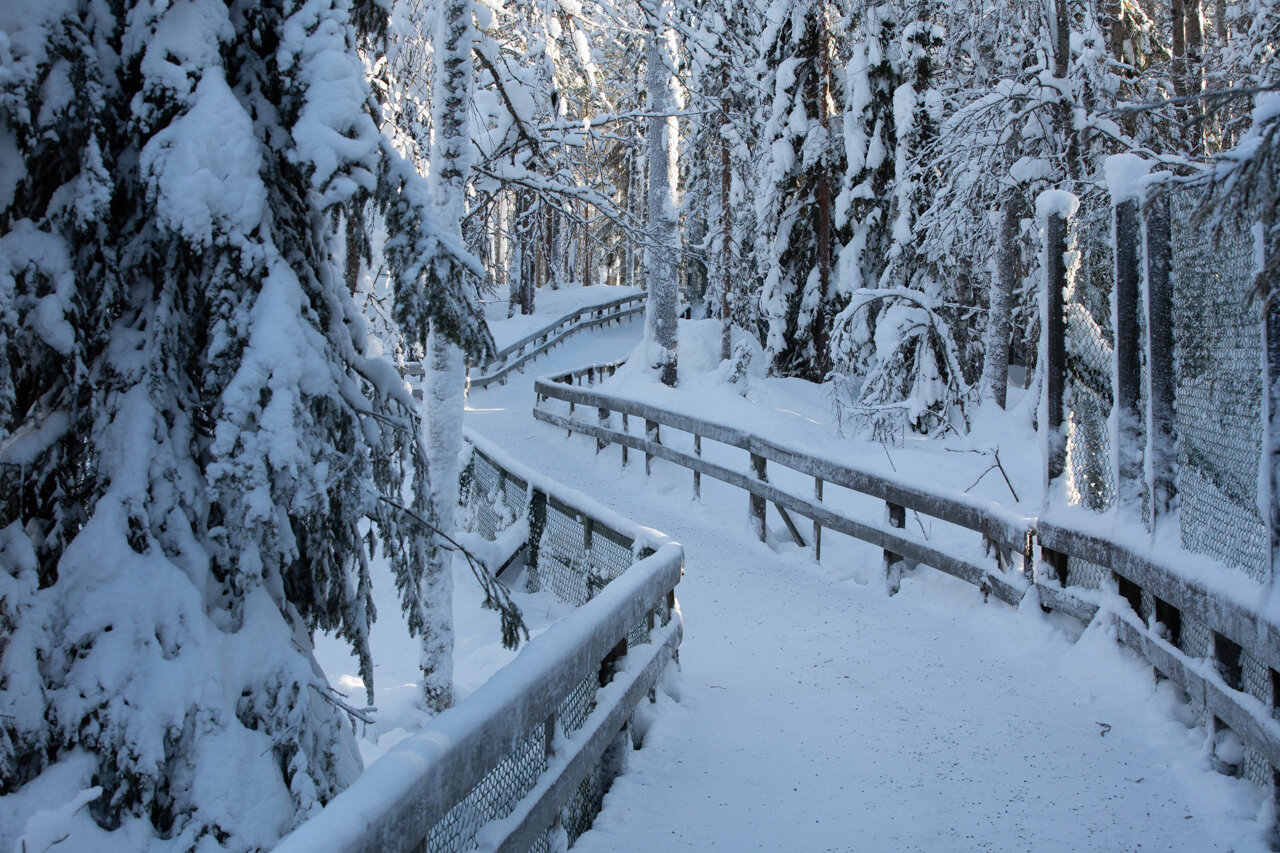
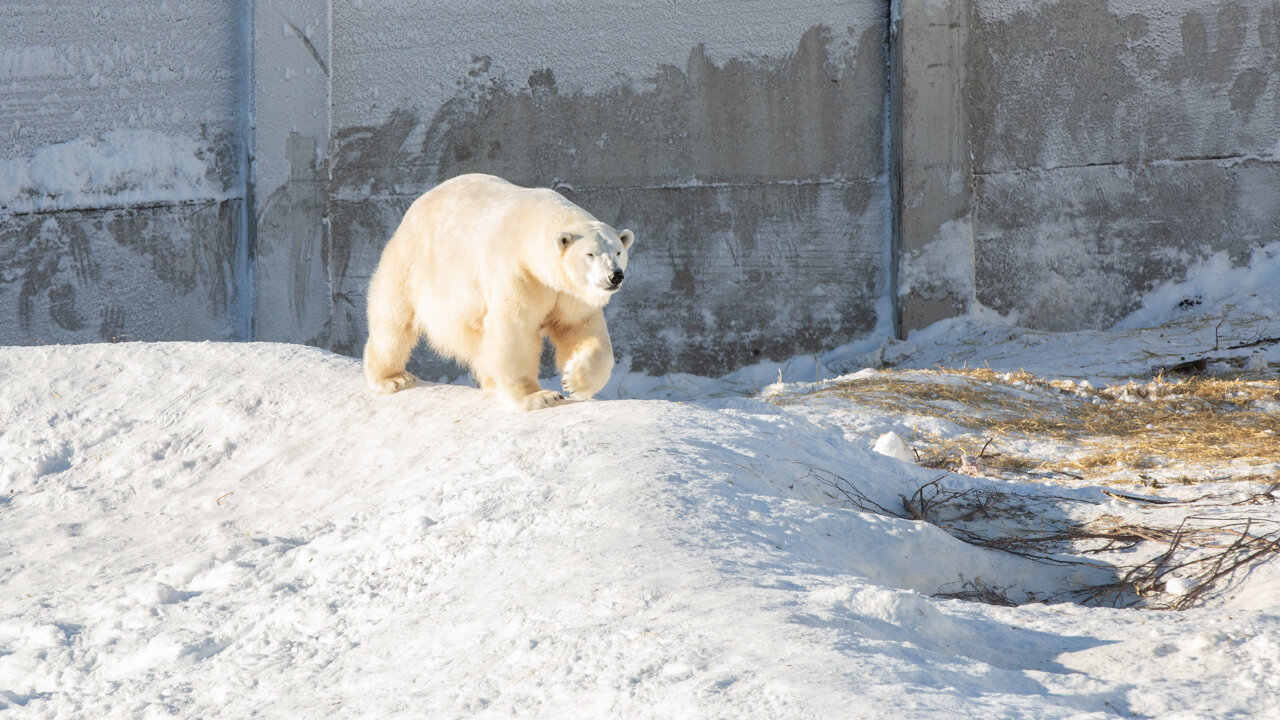
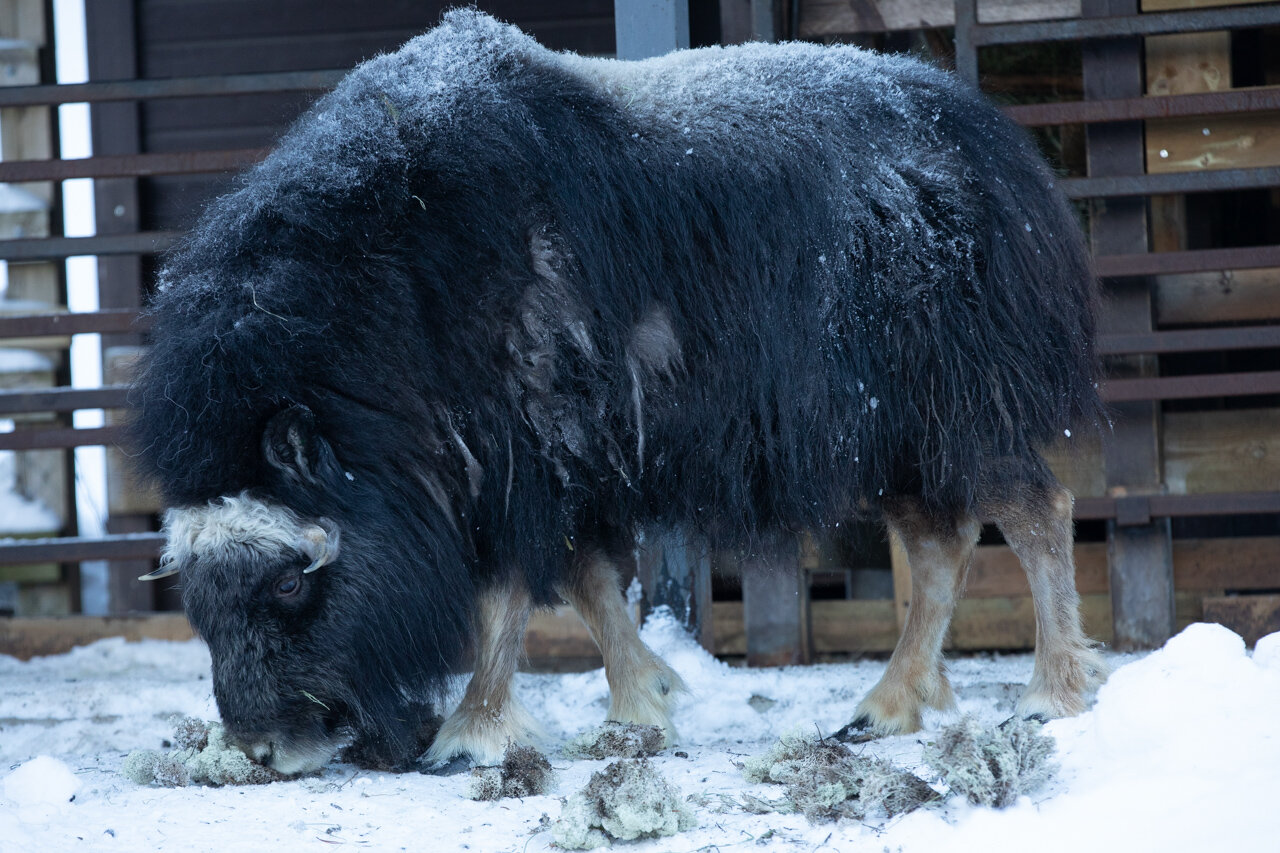
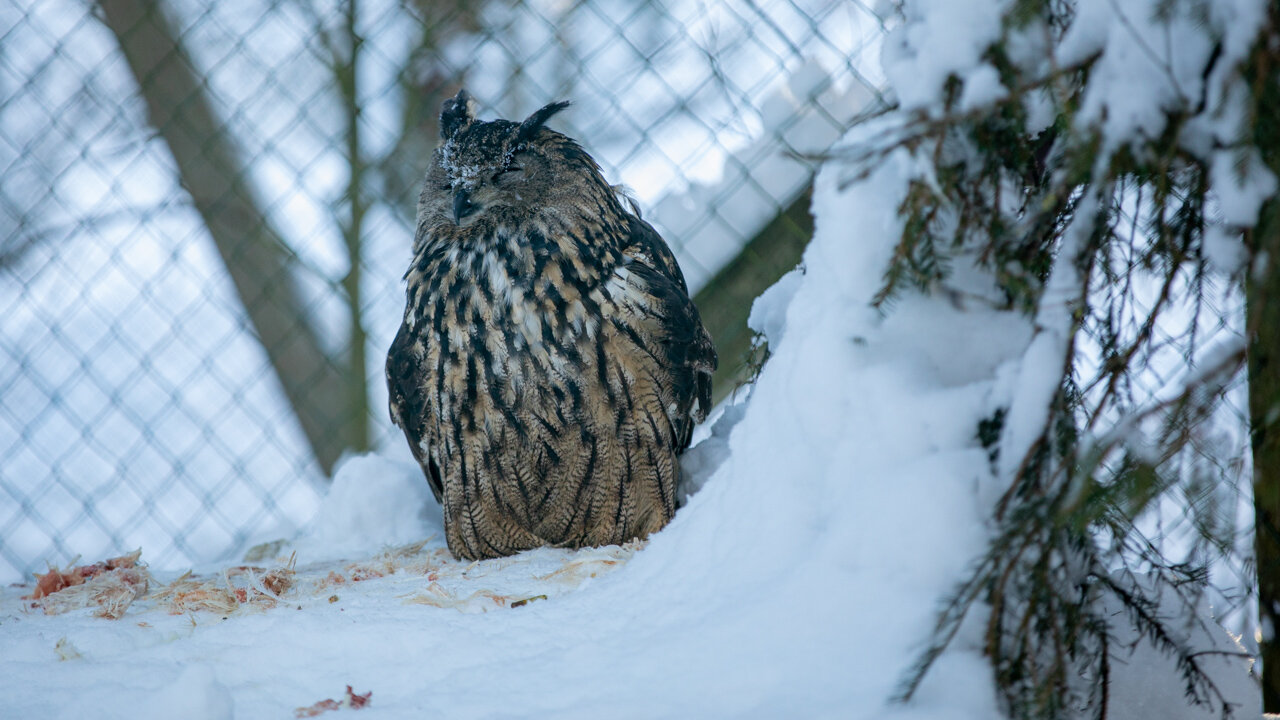

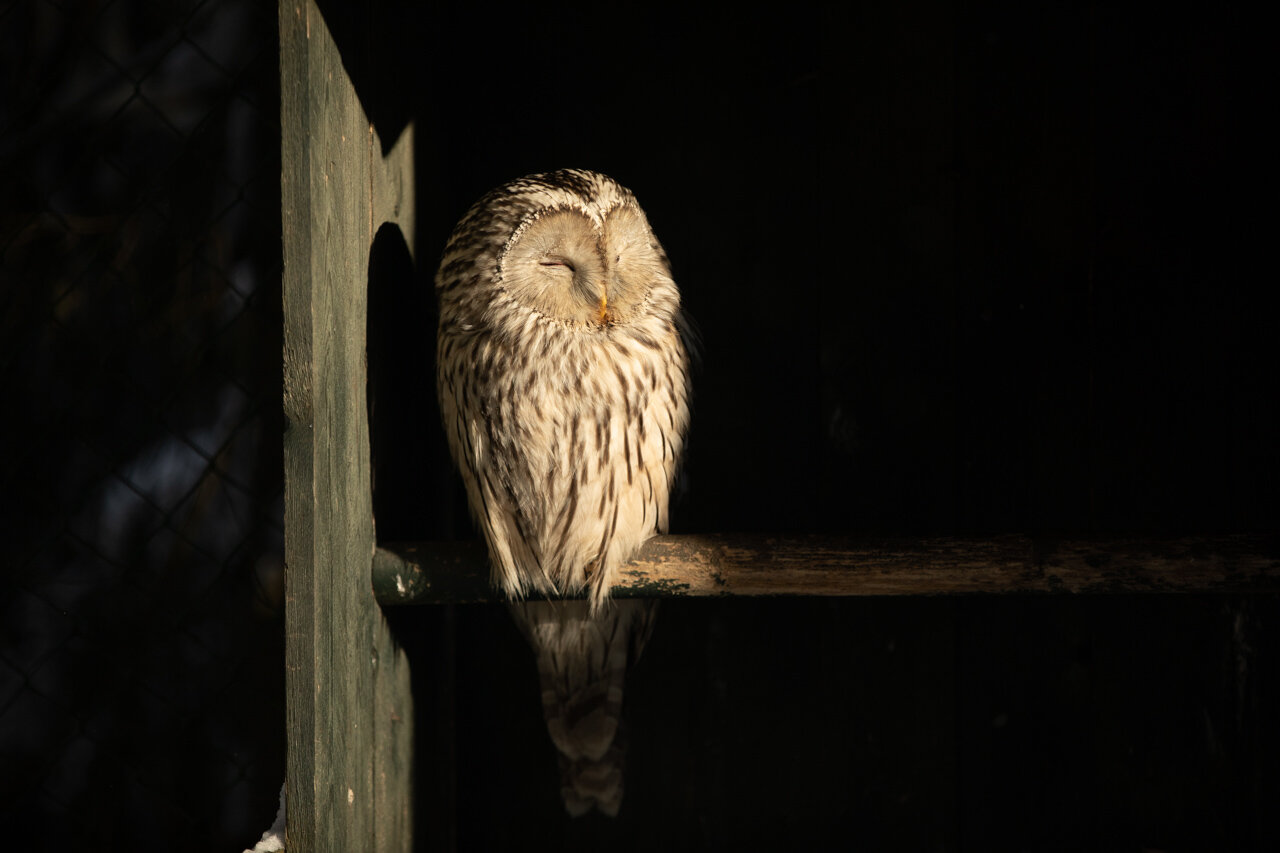
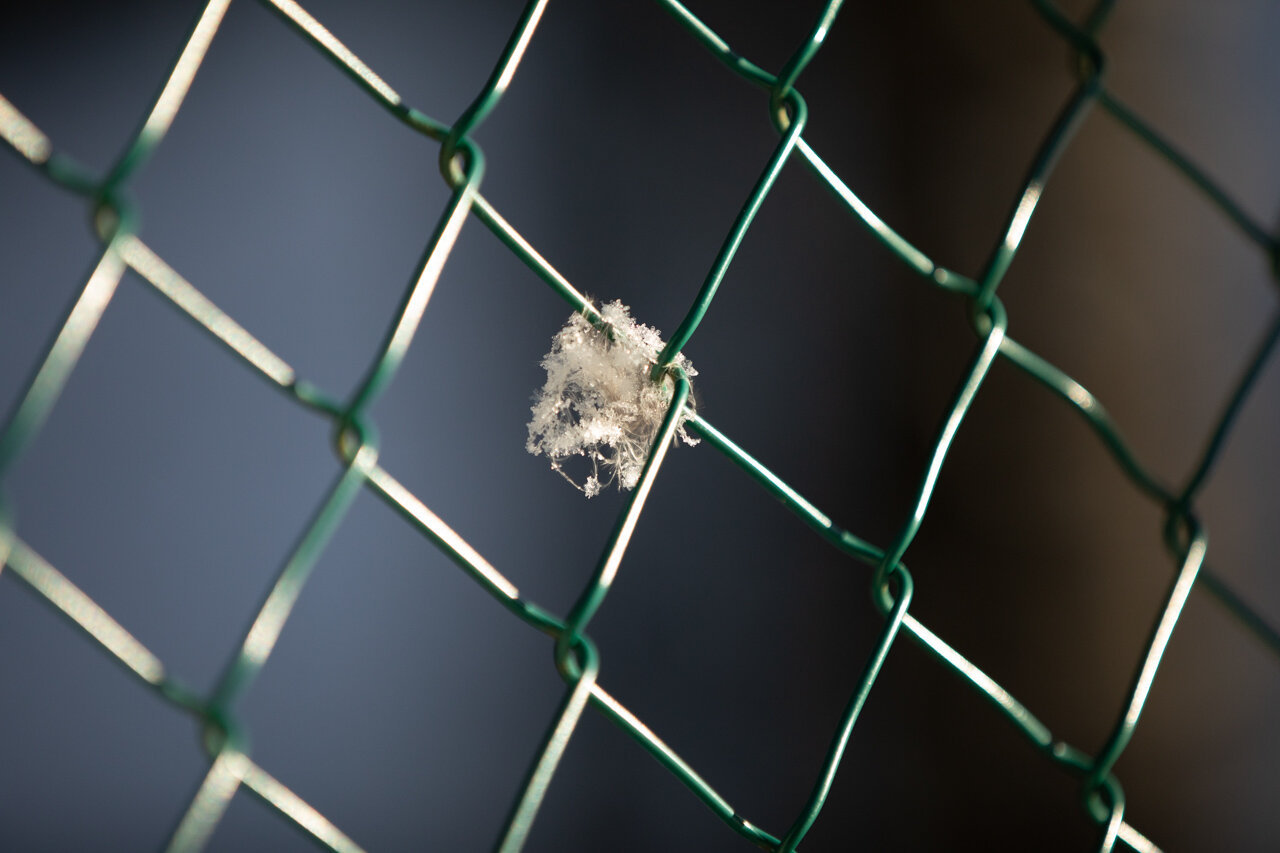

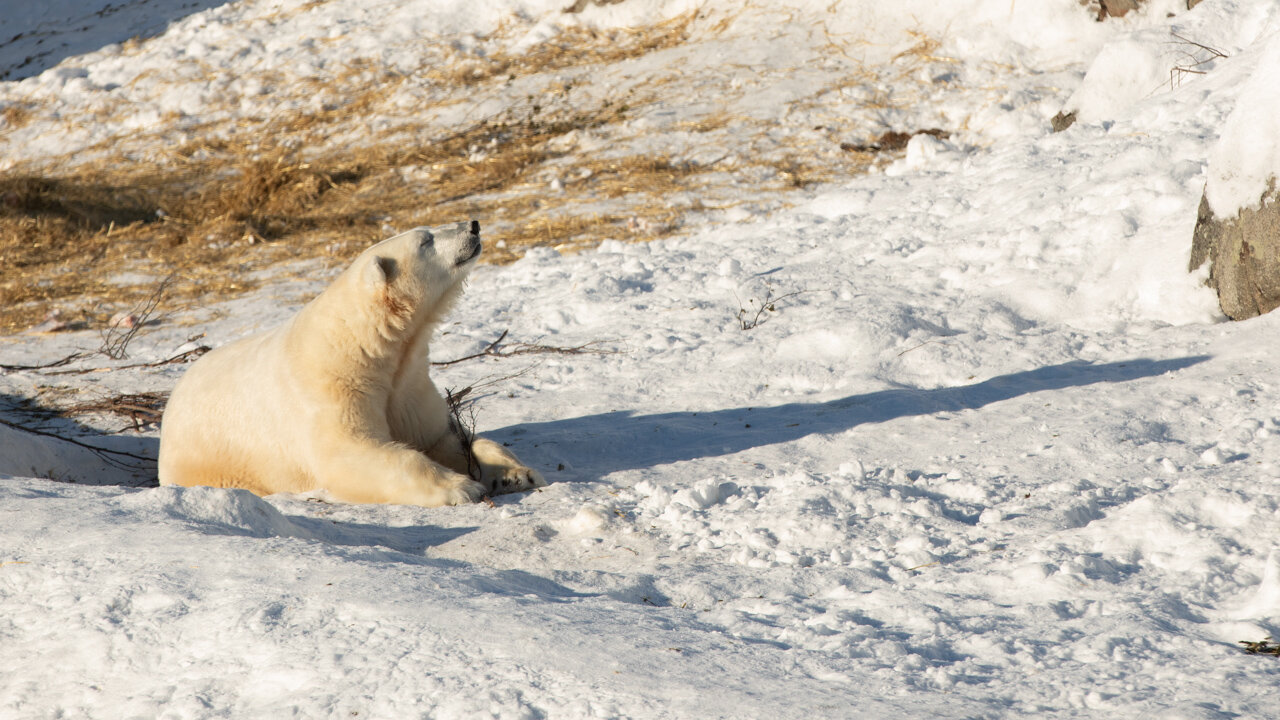

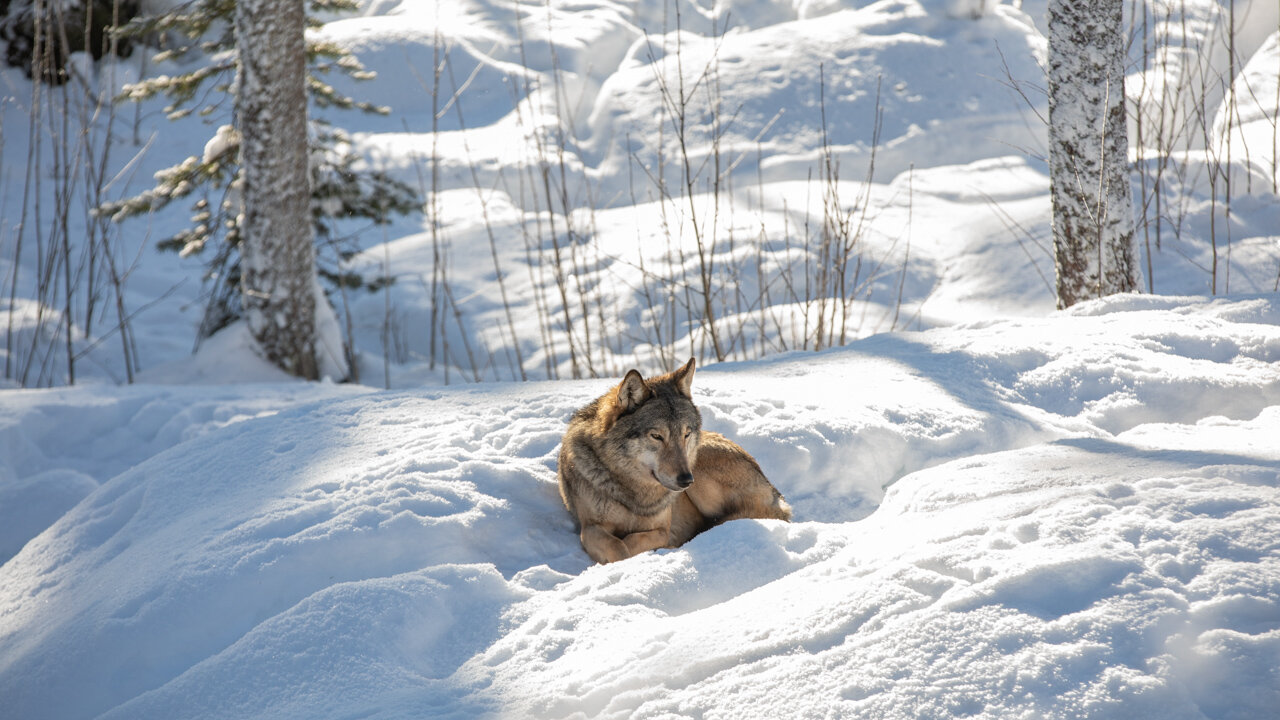
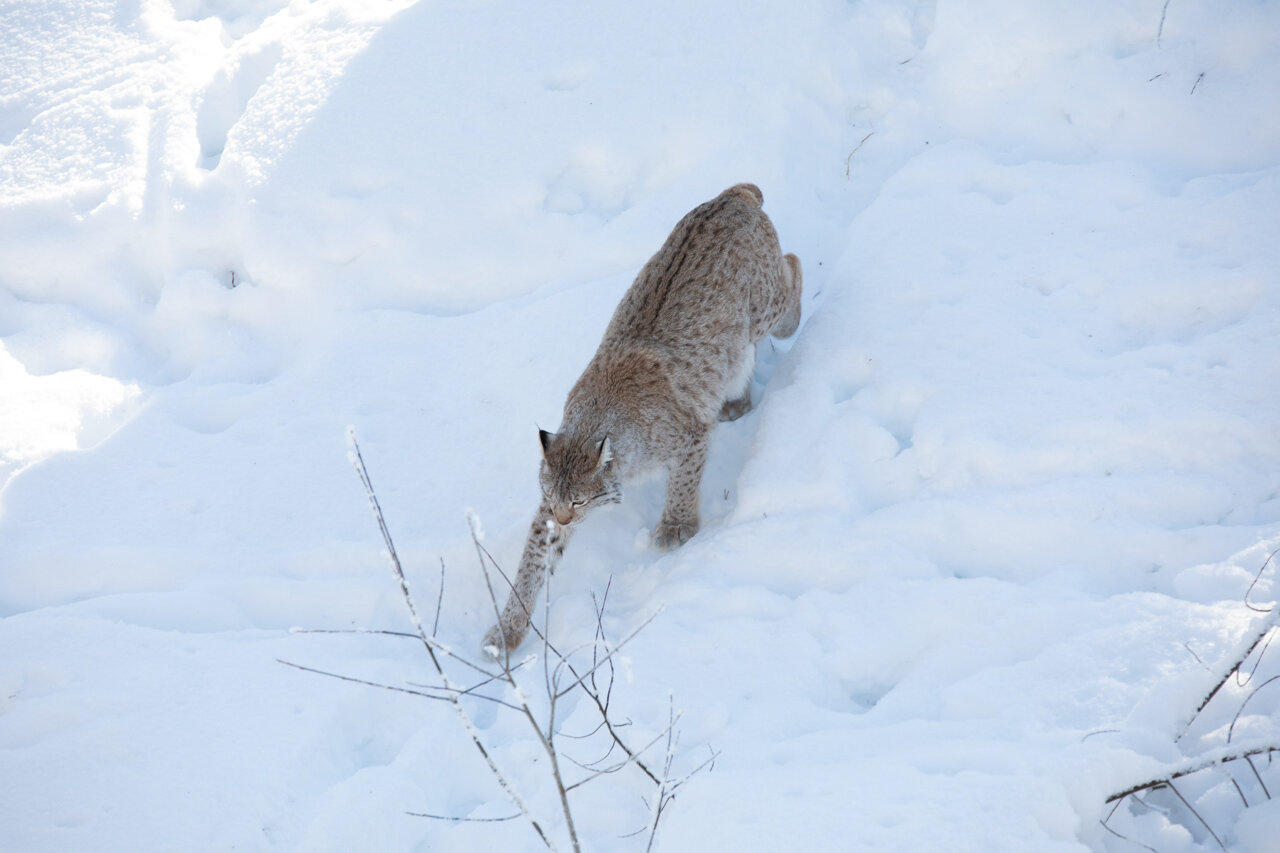
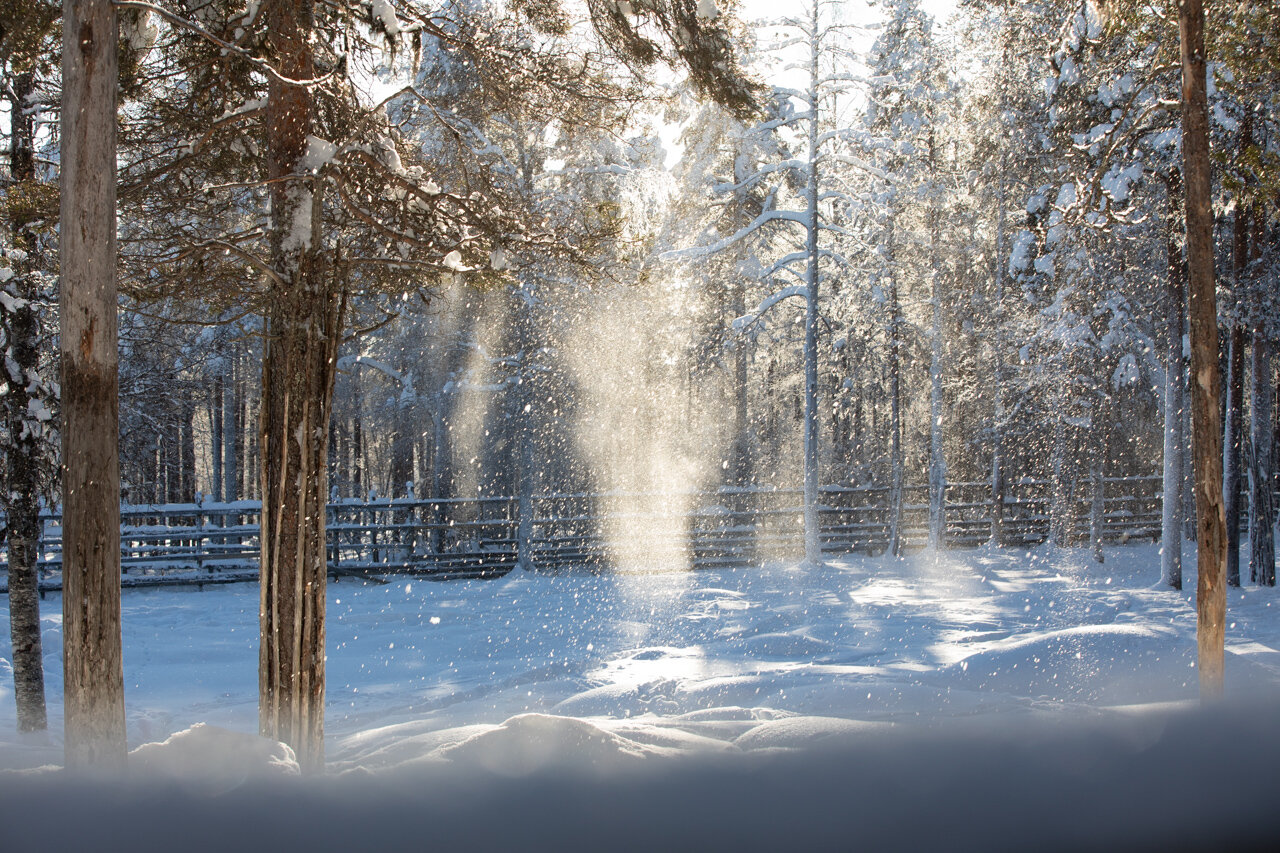
Day 5 - Day 9 Saariselka
Where to Stay at Saariselka
I stayed at the Lapland Hotels Reikonlinna in Saariselka Village. Centrally located short walk to ski slopes and winter walking trails and has a bus stop just in front of the property.
Other hotels in Saariselka that looked interesting are
Holiday Club Saariselka
Aparthotel Kuukkeli Aurora
Kakslauttenen Igloo Village deserves special mention.its a popular and expensive resort but is unique.
Day 3 - Ranua Wildlife Park
This is a great way to view Arctic Animals up close.Its a nice day trip from Rovaniemei and sure to be a hit with the kids while you practice your long lens shooting technique here. Birds of Prey, Polar Bears, Wolves, Wolverines, Red Fox, Reindeer and Musk Ox can all be seen here.
Day 4(Travel Day) Ravaniemi to Saariselka by Bus
Day 5 Exploring Saariselka Village and Kaunispaa
One can easily spend a day walking around Saariselka Village enjoying the crisp winter air and stop for a quick lunch and to warm up at the Cafe at the Supermarket. I recommend the PizzaS there. Visit Kaunispaa in the afternoon via the ski lift and take in the play of colours during golden hour all the way up to blue hour. The Ski lift only takes you up so you will have to find your own way down and back to the village either via the ski bus or call for a taxi from the cafe.
Day 6 Kiilopaa Fell Winter Walking Trail
This is a lovely winter activity destination which also offer some rustic accommodations for trekkers.This is also one of the starting points for the larger Urho Kekkonen Nature Park which offers multi day hikes.
The extensive wilderness areas of Urho Kekkonen National Park can be explored on skis in winter and on foot in other times. Hiking outside marked trails requires wilderness and orienteering skills, and in winter the thick snow adds an additional layer of difficulty. A map and compass are necessary, since GPS devices are not always reliable in the remote wilderness. Nights can be spent at any of the many wilderness and reservation huts in the park, which are stocked with firewood. The huts are located about a day's journey apart from each other.
Day 7 Aurorapolku Winter Walking Trail
The Aurorapolku trail is a short 2.1 km trail ideal that ls also the one of the starting points for the Urho Kekkonen Nature park mentioned above.
This takes us you to the Aurora Viewing Platform and Day Hut with a nice warm fire and restroom facilities.
Day 8 Exploring Saariselka
On the last full day at Saariselka I decided to just enjoy walking around the village again with camera in hand. Walked a different route into snow covered cabins and houses but kept to the main road so as not to trespass on the locals residences.
Day 9 Travel Day
Having had my fill of sub zero temperatures and with memory cards full of images it was time to head back to warmer climates.
My journey from -15C to +30 C started with a bus ride from Saariselka to Ivalo airport.
After a short flight to Helsinki I boarded my Finnair flight from Helsinki to New Delhi where the temperature was a moderate 18C.
Next I boarded a flight on good old Air India to Chennai which gave me a warm welcome at 30C.
Home Sweet Home?
And here I am writing this blog as I edit my images from my trip to winter wonderland.
working on my exhibit images now. Please sign up for my newsletter or watch my Facebook page to keep updated about the dates for the Exhibit . If you like this travel adventure please do share it with your friends.Hope it was useful and helps you plan your next winter adventure. Cheers!
Here area few useful links for planning your trip to Lapland
http://www.nationalparks.fi/en/urhokekkonennp/activities
Here are quick links to Amazon.in for gear that I either used for this trip or are on my own Wishlist based on my experience in the cold. Use this to browse and pick gear for your trip.
Spring Photography Guide to Grand Tetons and Yellowstone National Parks, USA - by Kamal Chilaka
Yellowstone and Jackson Hole National Parks have long attracted all types of people ranging from Native Americans , European Fur Trappers , Conservationists , Nature lovers and Photographers alike. They are right there on top of the list of National parks which provide great photo ops.
After they had been on my bucket list for a couple of years I finally decided to make the trip with a photography enthusiast friend from Boston.
Classic View of the Tetons from Schwabacher Landing, Grand Tetons
Yellowstone and Jackson Hole National Parks have long since attracted all types of people ranging from Native Americans , European Fur Trappers , Conservationists , Nature lovers and Photographers alike. They are right there on top of the list of National parks which provide great photo ops.
After they had been on my bucket list for a couple of years I finally decided to make the trip with a photographer friend from Boston.
Getting There and Getting Around
We flew to Jackson Hole from Boston via Denver. As we had decided to travel in late spring the tourist season had not officially begun as we wanted the park to ourselves and avoid the summer crowds. Other option is to fly to Salt Lake, Utah and drive from there.
Grand Tetons National Park Road
The views as you prepare for landing are just amazing. We were on a smaller commuter Jet from Denver to Jackson Hole which doesn’t allow for even have enough storage for a 26 L backpack and I ended up having to check it in at Gate.
I did manage to take my camera bodies and a couple of lenses in my hand and stowed them under the seat. Something to keep in mind while packing your gear for a trip to Yellowstone specially if you are flying on on the smaller jets.
At Jackson Hole Airport we picked up our rental car for the week a nice compact SUV which would be our ride for the duration of the trip.
Where to Stay at Jackson,WY
We stayed at the Rustic Inn Creekside during the first leg of our trip which was a 3 day stay at Jackson Hole. The inn had all the creature comforts one would need on such a trip. The rooms were spacious. The layout allows for easy access to the car park without too much walking from the rooms which were split level chalets. The lobby had hot coffee ready to take out early in the morning which is typically when photographers and adventure lovers like to head out to take in the best scenery . The Buffet breakfast was ample and was the perfect way to charge ourselves after a nice early morning shoot in the still chill Spring Air.
Jackson Hole has a wide selection of accommodations to choose from specially once the tourist season begins. During the shoulder season the options would be significantly lower.
Here are a few more options to choose from
Luxury
The Rusty Parrot Lodge and Spa
Budget
Jackson Hole and Grand Tetons Scenic Locations
Grand Tetons Park
While choosing which locations you want to visit within the park you have to decide on what your interest is. The choices would vary depending what you want to do be it back country camping or spotting wildlife or shooting scenery . Here i focus on my interest which is Landscape photography. Some of these locations would also be good for spotting buffalo , moose, and the occasional Coyote .
Mormon Row
The first afternoon were there we did a bit of exploring by driving around the area between Jackson and the airport. We had our first sighting of a Bull Buffalo just as we were turing in a bend in the road to Mormon Row. What was that? When you get up close to American Buffalo for the first time it hits you hard just how big and dangerous these animals are.
These are wild animals and you must maintain a minimum distance from them when you are observing them or trying to photograph them. To ignore that advice is putting yourself at peril as many over enthusiastic tourists have found out the hard way.
Mormon Row Scene at Sunrise
For our first full day of photography at Grand Tetons we had lined up the services of a local guide as we wanted to get quickly acquainted to the lay of the land in as short a time as possible. Our guide promptly picked us up before sunrise and took us to some of the spots mentioned here.
Schwabacher Landing
Not only did he take us to the best spots but also times that to coincide with when the light was optimum. We managed to get a few pics but planned to get back to the same locations again for shooting at dusk for a different mood.
Snake River Outlook ..The Spot for which Ansel Adams shot his iconic image
The Location from where Ansel Adams shot his iconic image of Snake River with the Tetons in the background is a look out point but the car park is further back now meaning one can’t really take the same image without the help of a drone.
Sunset at Jackson Lake
We had a half day to explore and shoot in and around Jackson before heading off to West Yellowstone in Montana for access to Yellowstone National Park through the west Entrance. The road from Grand Tetons to Yellowstone is closed till further in May . So we had to access Yellowstone via the west entrance .
Back country scene
Back country scene
Farmhouse in the backroads around Jackson,WY
We were able to capture scenes in the back roads around Jackson and also enroute to West Yellowstone.
Horses and Cattle at a farm
Yellowstone National Park
The Yellow coloured Rock that gives the park its name
On day 3 after a morning photo outing at the Tetons we checked out of the hotel and started driving towards West Yellowstone through the rolling meadows of Idaho with a ceiling of puffy white clouds against a backdrop of big blue sky we reached our Hotel in the evening and rested for the night.
Driving through Idaho to West Yellowstone
Where to Stay at West Yellowstone
We stayed at the Kelly Inn West Yellowstone a nice premium inn just a short distance from the West Entrance to Yellowstone Park and also 5 minute walk from the Grizzly and Wolf Discovery Center.
Other Stay Options
Luxury
Explorer Cabins at Yellowstone
WorldMark West Yellowstone
Budget
Evergreen Motel
Moose Creek Inn
We had a surprise snowfall our first morning in West Yellowstone. The Landscape had changed overnight. There was a nice blanket of snow covering everything which made our first drive into Yellowstone magical. We had gotten a taste of winter when we were not expecting it.
After a late Spring Snowfall
At Yellowstone just after a snowfall
Waterfall at Yellowstone
Yellowstone National photo Locations
On our first day we decided to explore the valleys and wildlife and waterfalls of Yellowstone.
Lamar Valley
Lamar Valley
This wide, expansive valley is home to bison, elk, coyote, grizzly and wolf, and is must visit area for serious wildlife watchers. Bison and elk are readily visible, and coyotes can oftentimes be spotted.
Buffalo near Lamar Valley
Visitors who are willing to rise early in the morning or wait up until dusk also may have the opportunity to see bears and wolves. In fact, Lamar Valley is the no 1 destination for viewing wolves. There are also abundant fishing opportunities in the Lamar Valley.
American Wild Buffalo at Yellowstone
Yellowstone Falls
Yellowstone Falls
How to Get There
The Lower Falls area is located just to the east of Canyon Village. A one-way loop drive takes you to the brink of the Grand Canyon and offers four views, with the last stop at the trail that leads to the top of the Falls.
Brief Description
Lower Falls, the biggest waterfall in Yellowstone, is the most famous in the Park, hands down. In fact, the 308-foot tall waterfall it is most likely the second most photographed spot in Yellowstone, with Old Faithful Geyser being the first. There are numerous views of the Falls from both the east (Inspiration Point, Grandview Point and Lookout Point) and west (Artists Point) sides of the Grand Canyon, most of which require only a short walk or virtually no walk to see. The trail to the top of the Falls (3/4 of a mile roundtrip, but steep with many switchbacks) is a must, as the experience of standing atop the Falls is one of the most breath-taking experiences in the entire Park.
Inspiration Point
Inspiration Point is a promontory cliff on the north rim of the Grand Canyon of the Yellowstone east of Yellowstone Falls on the Yellowstone River in Yellowstone National Park. The point was originally named Promontory Point in 1878 by W. H. Holmes but later given the name of Inspiration Point by G.L. Henderson, a park concessionaire in 1887. The point is a natural observation point over the rim of the Grand Canyon of the Yellowstone.
Grand Canyon of Yellowstone
Waterfall in yellowstone
The Geothermal Attractions of Yellowstone
On day 2 we decided to cover the more photogenic Geysers. Yellowstone National Park’s thermal features can be seen as the product of millions of years of geology at work. Much of Yellowstone sits inside an ancient volcanic caldera (the exploded crater of a volcano).
Old Faithful shooting steam into the Sky
The last major caldera forming eruption occurred 600,000 years ago. For hundreds of thousands of years following that, subsequent lava flows slowly filled in most of the caldera. Even now, in some places, nearly molten rock resides as little as 2-5 miles below the surface. Heat from the volcanic activity makes its presence known by heating ground water and creating the thermal features we now see.
The four basic types of thermal features present in the Park are geysers, hot springs, fumaroles, and mudpots. Many of these are concentrated in Yellowstone’s major geyser basins: Upper, Midway, Lower, Norris, West Thumb, Shoshone and Heart Lake.
Old Faithful entertaining tourists
Geysers are hot springs that erupt periodically. The eruptions is the result of super-heated water below-ground becoming trapped in channels leading to the surface. The hottest temperatures are at the bottom of these channels (nearer the hot rock that heats the water) but the deep water cannot vaporize because of the weight of the water above. Instead, steam is sent upwards in bubbles, collecting in the channel’s tight spots until they essentially become clogged, leading to a point where the confined bubbles actually lift the water above, causing the geyser to overflow.
Cliff Geyser Erupting
This causes the pressure to decrease until suddenly violent boiling occurs throughout much the length of the column, producing a tremendous volume of steam which forces the water out of the vent in a superheated mass. This is an eruption. As the eruption continues, the heat and pressure gradually decrease, and the eruption stops when the water reservoir is depleted or the steam runs out. The two types of geysers are fountain geysers (which shoot water out in various directions through a pool) and cone geysers (which shoot water out in a fairly narrow jet, usually from a cone-like formation).
Emerald Pool
Chromatic Pool hot spring in the Black Sand Geyser Basin in Yellowstone National Park
Hot Springs are similar to geysers, but their underground channels are large enough to allow rapid circulation of water. Rising hot water releases heat energy by evaporation or hot water runoff, while convection currents return the cooler water to the underground system, thus maintaining equilibrium.
Grand Prismatic Spring, Yellowstone
The microorganisms which live in and around the hot springs often make the pools very colorful.
Fumaroles are holes or vents from which steam rushes into the air. It is like a hot spring, but lacks liquid water. Either there isn’t enough water or the underground rock is too hot and boils off all of the water so a pool can’t form. The small amount of water that does seep into the area is converted to steam and expelled from the vent, oftentimes creating a hissing noise.
Pink Geyser
Mudpots are thermal areas where water-saturated sediment (similar to clay) is affected by super-heated steam below. Rising steam forces its way upwards through the mud and ground water, bursting upwards sending showers of mud into the air, as if in a small explosion.
Buffalo grazing near Steam Vents, Yellowstone
Steam Vents are cracks in the surface of the ground through which pressurized steam from below escapes to the surface, oftentimes with a hissing sound.
Mammoth Hot Springs
Mammoth Hot Springs are a surficial expression of the deep volcanic forces at work in Yellowstone. Although these springs lie outside the caldera boundary, scientists surmise that the heat from the hot springs comes from the same magmatic system that fuels other Yellowstone thermal areas.
A large fault system runs between Norris Geyser Basin and Mammoth, which may allow thermal water to flow between the two. Also, multiple basalt eruptions have occurred in this area. Thus, basalt may be a heat source for the Mammoth area.
Mammoth Hot Springs, Yellowstone
Thermal activity here is extensive both over time and distance. Terrace Mountain, northwest of Golden Gate, has a thick cap of travertine. The Mammoth Terraces extend all the way from the hillside where we see them today, across the Parade Ground, and down to Boiling River.
Patterns in the Geothermal waters of Mammoth Hot Springs
After 6 days of break taking views and enjoyable photography it was time to head back to Jackson and catch a flight home.
Tips for Travel to Grand Tetons and Yellowstone National Parks
What was in my Camera Bag and what did I end up using
This screenshot from Lightroom shows what gear I used for the trip…
My tripod was moderately used specially for the Landscapes near Jackson and Grand Tetons and the Views of Yellowstone Falls and Grand Canyon of Yellowstone. For the rest I choose to remain fluid and agile and shoot at higher shutter speeds to counter shake.
Clothing for Spring Weather
Pack Layers and a good lightweight and waterproof jacket. Definitely carry a good pair of photography gloves. The temperatures can dip low making it difficult to handle the camera and tripod without gloves.
If you plan to hike carry a good comfortable pair of hiking boots.
Safety
Both parks are Bear Country and it advisable to carry Bear Spray with you. This can be purchased in gas stations and convenience stores at Jackson or West Yellowstone. Handle with care.
These are large parks and mobile phone coverage is weak or not available except in some areas.
Travel with a friend or as a group but if you have to travel alone let people know where you will be.
I had a great time photographing at these locations and definitely plan to head back there sometime. Possibly in Winter to experience and capture a different perspective.
Order Prints of select Images from Grand Tetons and Yellowstone here
Buy Stock images from Grand Tetons and Yellowstone here
Source References
Wikipedia
Yellowstone.net
Cruising through Scandinavia - 2 weeks through Norway, Denmark and Sweden
Scandinavia had been on my bucket list for a couple of years. And finally when I got a chance to travel there I decided to visit Copenhagen, Bergen and Stockholm with a short cruise through the fjords thrown in. This was to be a preview for a longer trip to Scandinavia at a later time. I decided to start with Copenhagen.
Frederik's Church , popularly known as The Marble Church for its rococo architecture, is an Evangelical Lutheran church in Copenhagen, Denmark
COPENHAGEN, DENMARK
Scandinavia had been on my bucket list for a couple of years. And finally when I got a chance to travel there I decided to visit Copenhagen, Bergen and Stockholm with a short cruise through the fjords thrown in. This was to be a preview for a longer trip to Scandinavia at a later time. I decided to start with Copenhagen.
Getting there
Copenhagen Airport Is the busiest airport in Scandinavia handling around 60,000 travellers every day.
The Major Airlines with connectivity to Copenhagen Airport are Singapore Airlines, British Airways, Lufthansa, Emirates, SAS, Finnair, Air India, Qatar Air, Cathay Pacific , Air China etc
Copenhagen Airport Image Courtesy: Copenhagen Media Center Photo By : Ty Stange
The best airline within Scandinavia itself is SAS. So my suggestion is to fly to one of the main European centres like London , Amsterdam or Frankfurt and fly SAS to Copenhagen and other destinations within Scandinavia.
SAS AIRLINE Image Courtesy: Copenhagen Media Center
Where to Stay at Copenhagen
Copenhagen Admiral Hotel
NYHAVN and INDRE BY are the main Tourist Hubs for Copenhagen . So I decided to stay at Nyhaven due to the convenience of the location. It is close the the Palace, Opera, Nyhaven Waterfront dining options. Also a lot of the tour operators have pickup points there so it is easy to get onto different tours and daytrips.
Statue of CARL FREDERIK TIETGEN, Danish Industrialist who founded a number of companies and also introduced the concept of “cheque” to Denmark
Calm Night at Nyhavn
INDRE BY is the old City which has beginnings in the 12th century. You will find the famous museums and churches here. It is also close to the Tivoli Gardens. But there are other options for stay too such as INDRE NØRREBRO, VESTERBRO, SLOTSHOLMEN, CHRISTIANSHAVN it depends upon your preference and which area you will be spending more time at.
Nyhaven Options (New Harbour)
INDRE BY Options (old city)
Best Western Plus Hotel City Copenhagen
Budget
Getting Around Copenhagen
Walking and cycling are real options for exploring Copenhagen. The public transport system in Copenhagen is well developed. For more information on tickets and pricing for the buses and water taxis check out the official tourism site of Copenhagen. You can also hail an Uber or call in a taxi if you so please. There are sightseeing buses which do loops around the city with stops at places of interest so that is a great way to explore the city if time is short.
Copenhagen Metro Train Image Courtesy: Copenhagen Media Center
Places to Visit and things to do in Copenhagen
Copenhagen has something for everyone. From waterfront cafes to Grand Palaces , Museums and Art Galleries. There are too many to list in this blog but here are are few highlights
Visit Rosenborg Castle and Explore the palace grounds and King’s gardens.
Rosenborg Castle and Gardens one of the oldest gardens in Copenhagen
Take in the Grandeur of Danish Aristocracy at Amalienborg Palace
Amalienborg Palace
Amalienborg Palace Museum, Copenhagen Photo By : Kamal Chilaka
Revel in the energy of Nyhavn
Nyhaven Weekend Scene
Nyhavn is full of Dining and Drinking Options.
Become a kid again at Tivoli Gardens one of the oldest theme parks in the world. Walt Disney himself found inspiration for the Disney World here.
Tivoli, the 170-year-old amusement gardens in central Copenhagen, used to be only a summer pass-time, but since 1994 it is open all year round. With thousands of lights adorning the historic buildings and gardens, and with charmingly themed villages and shops full of tasty treats and dazzling decorations, Tivoli oozes Christmas. Add to that the wonderful restaurants and the many thrilling rides, and you are set for a day’s adventure.
Tivoli Gardens at Night Image Courtesy : Copenhagen Media Center Photo By : Eleonora Costi
Carousel at Tivoli Image Courtesy: Copenhagen Media Center Photo By : Anders Bøgild
The Little Mermaid and Geflon Fountain
The Little Mermaid is a bronze statue by Edvard Eriksen, depicting a mermaid becoming human.
Near Geflon Fountain
The Gefion Fountain is a large fountain on the harbour front in Copenhagen, Denmark. It features a large-scale group of animal figures being driven by the Norse goddess Gefjon
Absorb the Art of Danish and International Masters at SMK - The National Gallery of Denmark
Feel the wind against your face during a Canal and Harbour Cruise
Tourists waiting for Canal and Harbour Cruises , Copenhagen
Old Opera Ferry and Building
Go Back in time at the Christiansborg Palace.
Frederiksborg Castle is situated in Hillerød, north of Copenhagen. This impressive Renaissance castle was built in the first decades of the 17th century by the Danish King Christian IV.
Frederiksborg Castle has housed The Museum of National History since 1878, when it was established by brewer J.C. Jacobsen, the founder of Carlsberg. The beautiful decorated rooms with portraits, history paintings, furniture, and decorative art invite visitors on a journey through Danish history and culture from the late Middle Ages to the present. The historical interiors and the splendorous rooms give a sensuous impression of changing styles and epochs. The collection of portraits is the largest and most significant in Denmark, with new works continually added to the collection.
Christiansborg Palace Image Courtesy : Copenhagen Media Center Photo by : Martin Heiberg
Be moved at the The Royal Danish Opera.
The Royal Danish Opera House which cost over 500$Million to build.
Opera House Inside. Image Courtesy: Copenhagen Media Center. Photo by : Terry Mclaughlin
Shop for souvenirs and gifts at the High Street shops.
High Street Shopping at Nyhaven
Stroll around Copenhagen Harbour and enjoy the fresh air as you take in the sweeping views of the sea.
Copenhagen Harbour Scene
All in all I had a great weekend in Copenhagen and before I knew it it was time to continue on to the second leg of my journey which was to fly from Copenhagen to Bergen,Norway.
BERGEN, NORWAY
Bergen in my opinion is the most beautiful city in Norway possibly even Scandinavia. I decided to start my journey through Norway here as it is the gateway to the fjords and also for its fantastic views.
Getting there
By Air
There are direct flights to Bergen from Copenhagen, Stockholm, New York, Helsinki, Amsterdam , London and many more centers of Europe.
Bergen Airport Flesland is located 18 kilometers south of Bergen. The airport buses depart every 15 - 20 minutes and takes about 30 minutes to the Bergen city center.
By Bus
Kystbussen has services from Stavanger, Haugesund or Stord (Leirvik) to Bergen. Buses also run between Oslo and Bergen. And, like travelling by car, you get to see a lot of Norwegian scenery en route.The NOR-WAY express bus company's Haukeliekspressen gets you from Oslo to Bergen.
By Cruise or Ferry
Hurtigruten is the main Cruise company that has sailings to Bergen right from Copenhagen or Oslo.
You can also catch one of the many high speed ferries from the ports along the Norwegian Coast. The approach to Bergen from the sea through fjords past charming fishing coastal villages is something special.
Driving there
One can drive to Bergen from Stavanger or from Oslo. The drive from Oslo to Bergen taken between 7 to 8.5 hours depending upon the route. Driving gives you more freedom to make the journey at your own pace and enjoy the scenery en-route.
Where to Stay at Bergen
I stayed at the Scandic Ornen Hotel which is a modern hotel located a 10 minute walk from City Center and a 15 minute walk from the harbour. But I noticed there were a lot of hotels closer to the city center and the Radisson Blu specially was very well located near Bryggen Harbour. It would probably be my choice if I were to go there again.
Other hotels which have good user ratings are
Luxury
Budget
Dining at Bergen
Bergen being a coastal town has some of the best sea food restaurants. The Bryggen Harbour area is filled with restaurants, cafes and pubs. You can get continental food as well as traditional norwegian food here. There is a TGIF near the city centre which became my favourite spot to have familiar comfort food as i’m not much of a seafood person. There are also tiny hole in the wall type of places for a quick bite. There are a number of Restaurants for Indian and Asian food as well so there is something for all palates.
TGIF Bergen
Coffee Shop at the Fish Market
Bergen Photo Ops
Bryggen Harbour and Waterfront
Bryggen Waterfront Area
Bryggen is one of Bergen's and Norway's main attractions. Bryggen was built after the great fire in 1702 and is included on UNESCO's World Heritage List.
The very first buildings in Bergen were situated at Bryggen, which has been a vibrant and important area of the city for many centuries.
Bryggen has been ravaged by many fires, the great fire of 1702 in particular. It reduced the whole of the city to ashes. The area was rebuilt on the foundations that had been there since the 12th century, which means that Bryggen is basically unchanged despite the passing centuries.
Bryggen is now part of our common heritage and has a place on UNESCO’s World Heritage List, and the city of Bergen is a designated World Heritage City. The world heritage site consists of the old Hanseatic wharf and buildings, and one of the best known urban areas from the Middle Ages in all of Norway.
In 1360, the German Hanseatic League set up one of its import and export offices at Bryggen, dominating trade for almost 400 years. To stroll through the narrow alleyways and overhanging galleries is to step back into the mists of time and a bygone era.
Bergen Waterfront
Bryggen is very much a living part of the cultural heritage that is still in active use in this historical area of the city. Today, there are several attractions in the area, from the Fish Market to Bergenhus Fortress and there are many cafés, restaurants and shops to choose from. Many of the shops sell traditional and unique crafts.
Explore by walking through the lanes of Bergen
Quaint by Lanes of Bergen
Take the funicular up to the Mt Floyen View Point for fantastic views of Bergen and the fjords.
The Funicular station is located right near Bergen Harbour so is a short walk from most places in city centre.
Make sure you keep track of time while the top of the hill because the trains stop at around 10pm so if you miss the last train it is a long walk back down the hill.
Funicular up to Mt Floyen
Sunset in summer is quite late around 9 pm and it can be quite sunny up at the view point even if you get up there by 6 pm. But its worth the wait and you can ensure you have a good spot reserved to view the Sun set over the fjords.
Tourists and Jogger enjoying the sunset at Mt Floyen Viewing Point
View from Mt Ulriken
Take the Cable car up to the top of Mt Ulriken for the best views of Bergen and the Fjords.
People Watching at Bergen Center
Bergen City Center
Street Musician at Lille Lungegårdsvannet , Bergen
School kids out on a trip
Kids cooling off at a fountain near city center
Youngsters having fun masquerading
A Wedding group at Bergen.
After 3 days of a fairy tale stay at Bergen and with a promise to return for a longer stay that I set off onto the next leg of my journey which was the cruise on Hurtigruten from Bergen to Alesund and Trondheim.
Hurtigruten Cruise
BERGEN-ALESUND-TRONDHEIM
Inside Hurtigruten Terminal at Bergen.This where the passengers check in and wait to board the Cruise Ships
Hurtigruten has sailings from Bergen to KIrkenes and back via Alesund and Trondheim (Norwegian Discovery Voyage)which is a 11 day voyage. I had only a couple of days and nights to spare for the cruise so decided to sail just the Bergen -Alesund-Hardangerfjord-Trondheim section which was 2 nights and 1.5 days.
You can see more details on the Hurtegruten website.
To explore the fjords and the surrounding countryside further take a day trip or two during the cruise. They are a little pricey but the arrangements are excellent and leaves you free to just take in the scenery.
lounge area on the ship
Dining Area in the Ship
My Sea View Cabin for the Cruise
upper viewing deck
Typical Norwegian Fishing Hamlet in the fjords
Alesund Scene
Alesund
Coaches Ready to take Cruise Passengers on a day trip
View of Hardengerfjord from a view point.
Near Trollstigen Pass
Visitor Center and Curio Shop at Trollstigen Pass
Trondheim Walkway
Summer Flowers at Trondheim
Trondheim Scene
At Trondheim I parted with the Cruise and rested for a night before flying on to Stockholm.
Stockholm
Where to Stay at Stockholm
Luxury
Radisson Blu Waterfront Hotel, Stockholm
Radisson Blu Royal Viking Hotel, Stockholm
Budget
Getting around Stockholm
By Subway
Stockholm's subway is probably the quickest way to get around town.
A single ticket is valid for 75 minutes and you can also buy passes for 24, hours, 72 hours and 30 days. The tickets can be purchased at ticket terminals, SL Centers, newsagent kiosks, SMS or the SL app.
Riding the Stockholm Subway
It's not possible to pay cash for tickets on board buses in Stockholm. Failure to show on demand a valid ticket during a control will result in a penalty fee of 1500 SEK.
The same tickets and passes can also be used to travel by bus, tram, commuter trains and the ferries from Nybroviken and Djurgården.
By Boat
Travelling by local ferries is a fantastic way to experience a city built on islands. Ferries are used by both commuters and tourists wanting to take a better look around.
Cycling
There are several rental options; City Bikes simply lets you borrow a bike from any of their 140 public-sites via a three-day or season pass, Bike Sweden is both a bike rental service and organizer of bike tours; Rent-a-bike offers both bike rentals both for several days or by the hour.
By Taxi
You can easily get hold of a taxi by calling a taxi company, hailing one on the street or by taking a one from a rank. There is a manned taxi center at Central Station that can help you with finding the right service, e.g. if you need child seats in the vehicle.
Photo Ops in Stockholm
Stockholm Waterfront
Stockholm Harbour and Traditional Sailing Ship
Gamla Stan
Gamla Stan Old Town
Gamla Stan, the Old Town, is one of the largest and best preserved medieval city centers in Europe, and one of the foremost attractions in Stockholm. This is where Stockholm was founded in 1252.
Gamla Stan (Old Town)
All of Gamla Stan and the adjacent island of Riddarholmen are like a living pedestrian-friendly museum full of sights, attractions, restaurants, cafés, bars, and places to shop. Gamla Stan is also popular with aficionados of handicrafts, curious, and souvenirs.
Gamla Stan (old Town)
The Stockholm Underground Art
Stockholm’s subway system is truly one of a kind. One hundred stations, each with unique art on its platform, walls or waiting hall. Since 1957 artists have played a key role when new stations have been built.
T-Centralen Station
And over time the metro’s older stations – planned and built without any art – have been spruced up with beautiful statues, murals, and installations.
Kungsträdgården on the blue Line is one of the most photographed
So spending a day in Stockholm’s metro is basically like visiting the world’s longest art exhibition.
Solna Centrum station
Canal Boat Cruises
Historical Canal Tour Boat
Fotografiska, Stockholm
Fotografiska, Stockholm, Possibly the worlds best photography Gallery
Inside Fotografiska
Inside Fotografiska
Archipelago
My Gear for this trip
Canon 5D Mark 3 DSLR
Canon 70-200mm f2.8 L IS Lens
Canon 2x Teleconverter
Canon 17-40mm f4 L lens
Canon G12 Compact Camera
Gitzo Tripod
Arca Swiss C1 tripod head
Summer Road Trip to Kerala
Kerala or God’s Own Country as it popularly called is a south eastern state of India. Malayalam is the official Language of Kerala. I have travelled through Kerala by Train on several occasions and always found the region interesting due to its abundant water bodies, greenery and interesting culture but never actually go tot o spend any time there Finally in the Summer of 2016 i got to go there on a family road trip along with some friends.
Munnar, Kerala, India
Kerala or God’s Own Country as it popularly called is a south eastern state of India. Malayalam is the official Language of Kerala. I have travelled through Kerala by Train on several occasions and always found the region interesting due to its abundant water bodies, greenery and interesting culture but never actually got to spend any time there Finally in the Summer of 2016 I had an opportunity there on a family road trip along with some friends.
We decided to drive down from Chennai and decided to visit Munnar, Kumarakom and Thiruvananthapuram.
Our Route to Kerala and Back
Munnar
The drive from Chennai to Munnar took about 12 hours by road with a few stops for lunch and refreshments on the way. As usual I did the hotel bookings on Booking.com and we were not disappointed. Our accommodations at Munnar were at the Munnar Tea Country Resort . The rooms were spacious and family friendly. The food and drinks were good too.
After a good nights rest at the resort we set off to explore Munnar and the surrounding Tea Plantation region.
Munnar Scenery, Kerala, India
Even though it was summer the temperature at those higher elevations was nice enough for all day excursions.
The countless rows of tea plants with borders of eucalyptus trees are a pleasant sight for eye sore from laptop and mobile phone use. The air was fresh and cool.
We took time to explore the plantations on foot and get a few fun photos with the greenery as a backdrop.
We drove to nearby Lakkam Waterfalls one of several in the area and relaxed for bit there while the kids played in the water.
Where to Stay in Munnar
There are plenty of Hotel options and Home-stays too at Munnar. But the best ones tend to get booked up in advance so make your bookings early to avoid disappointment.
Here are a few accommodations with good reviews.
Luxury
Tea Plantations, Munnar
Kumarakom
From Munnar we set off for Kumarakom the gateway to the extensive backwaters of Kerala. The Drive from Munnar to Kumarakom took about 4 hours. We reached our resort for this leg the well known Vivanta by Taj Kumarakom. After a quick check in we were escorted to our Cottages which were right alongside a manmade waterbody. The cottages were also just a short walk away from the backwaters.
Backwaters and Houseboat, Kumarakom
Taj Kumarakom Resort and Spa Kerala (earlier called Taj Garden Retreat) the first modern tourist resort in Kumarakom was established in the Victorian two storied bungalow built by Alfred George Baker in the year 1881 on huge pieces of Teak wood rafters packed in mud as a base. This house on the lake at Kumarakom was the house of four generations of the Baker family, for over a hundred years. The bird Sanctuary and the two storeyed Bungalow built by Mr.A G Baker on the muddy land are places of interest for tourists from all over the world
Taj Kumarakom Resort and Spa Kerala, Kumarakom
Tourism in Kumarakom largely revolves around the backwaters of the Vembanad Lake. Several luxury and budget resorts lined up on the shores of the lake provide tourists with facilities for boating, yachting and fishing, with panoramic views of the lake. The other major attraction is the Bird Sanctuary, which is open from 6 am to 6 pm and can be visited by canoes arranged by local fishermen at the entrance to the sanctuary. A two-hour rowing canoe trip is quite cheap, and is best undertaken in the evening or early morning to avoid the afternoon sun.
Backwaters and Houseboat, Kumarakom
The Aruvikkuzhi Waterfall and its surrounding rubber plantation are a photographer's delight. There is also the Bay Island Drift Museum near the Kumarakom beach for history lovers, open from 10 am – 5 pm on Tuesdays – Saturdays and from 11.30 am – 5 pm on Sundays.
Where to Stay at Kumarakom
There are a number of Luxury and Budget options and Houseboats to choose from for stay at Kumarakom.
Here are a few popular options
Luxury
Taj Kumarakom Resort and Spa Kerala
The Zuri Kumarakom Kerala Resort & Spa
Budget
Houseboats
Luxurious Interior of a Houseboat
Waterside convenience store.
Thiruvananthapuram
After a relaxing couple of days at Kumarakom we set of for Thiruvananthapuram . The Drive from Kumarakom to Trivandrum takes about 2 hours.
Thiruvananthapuram (or Trivandrum) is the capital of the southern Indian state of Kerala. It's distinguished by its British colonial architecture and many art galleries. It’s also home to Kuthira Malika (or Puthen Malika) Palace, adorned with carved horses and displaying collections related to the Travancore royal family, whose regional capital was here from the 18th–20th centuries.
We wanted to visit the Anantha Padmanabhaswamy Temple.The temple is built in an intricate fusion of the indigenous Kerala style and the Tamil style (kovil) of architecture associated with the temples located in the neighbouring state of Tamil Nadu, featuring high walls, and a 16th-century Gopuram.
The Principal Deity Maha Vishnu-Adi Narayana is enshrined in the "Anantha Shayanam" posture, the eternal yogic sleep on the serpent Adisheshan. Sree Padmanabhaswamy is the tutelary deity of the royal family of Travancore. The titular Maharaja of Travancore Moolam Thirunal Rama Varma is the trustee of the temple. In line with the Temple Entry Proclamation, only those who profess the Hindu faith are permitted entry to the temple and devotees have to strictly follow the dress code. The name of the city of Thiruvananthapuram in Malayalam translates to "The City of Lord Ananta", referring to the deity of Padmanabhaswamy Temple.
Other Places of Interest at or near Trivandrum are :
The Napier Museum and Zoo - The museum houses a rare collection of archaeological and historic artefacts, bronze idols, ancient ornaments, a temple chariot and ivory carvings. It also contains the Sree Chitra Art Gallery, which contains works from Raja Ravi Varma and Nicholas Roerich, as well as examples of Mughal and Tanjore art.
The Museum grounds also hold the famous Trivandrum Zoo, which is one of the oldest zoological gardens in India
Kovalam Beach
Varkala Beach
Kuthira Malika Kuthiramalika is a palace built by Swathi Thirunal Rama Varma on the south-eastern side of Padmanabhaswamy temple, Thiruvananthapuram.
Where to Stay at Trivandrum
Luxury/Business Class
Hilton Garden Inn, Trivandrum (well located near city center and close to attractions)
Budget
Due to the short duration of time for the trip we decided to keep other noteworthy places such as Cochin, Thekady, Kovalam and Varkala for another trip.
Camera Gear for Kerala
As this was primarily a family vacation I decided to travel light
Canon 5D IV , Canon 70-200 F2.8 L IS II, Canon 17-40mm F4 l and Zeiss Otus 55mm f1.4 . In hindsight this was just right for most shooting occasions I encountered during this trip. The Wide Angle lens allowed me to shoot landscapes and the the expanses of the backwaters of Kerala. The telephoto zoom allowed me to zoom in interesting portions of the Landscape and and also shoot the occasional portrait. The standard focal length of the Zeiss Otus was ideal for taking tack sharp portraits of family members. Probably overkill for a family vacation but hey as a photographer I always want my best kit with me just in case.
Subscribe to my newsletter to stay updated of new blog posts and more .
My Top Photography Locations in New Zealand South Island
New Zealand should be on the bucket list of every Landscape photographer, Hiking Enthusiast and people with wanderlust in general. The “ Land of the Long White Cloud” or Aotearoa is it is referred to in Maori can amaze you with its expansive Landscapes, Lush Green Hills and meadows filled with spring flowers. From verdant beaches to snow peaked mountains New Zealand has it all.
NZ South Island
New Zealand should be on the bucket list of every Landscape photographer, Hiking Enthusiast and people with wanderlust in general. The “ Land of the Long White Cloud” or Aotearoa is it is referred to in Maori can amaze you with its expansive Landscapes, Lush Green Hills and meadows filled with spring flowers. From verdant beaches to snow peaked mountains New Zealand has it all.
I decided to skip the North Island and Auckland the most populous City of New Zealand and decided to just explore the South Island for my first trip as I had heard thats thats where the best scenery is. I plan to visit the North Island on my next trip there.
Getting There : Christchurch is the International Airport for the South Island . Many International Airlines have flights to Christchurch including Emirates, Singapore Airlines, Air New Zealand, Jetstar, Qantas, Virgin Australia, Cathay Pacific etc The other option is to fly to Auckland and drive and take a ferry to to the South Island.
New Zealand Time : GMT+13
New Zealand Currency: New Zealand Dollar
New Zealand Visa : See info here
Seasons in New Zealand :
Being located in the car southern hemisphere New Zealand has its seasons opposite from the usual months.
SPRING - SEPTEMBER, OCTOBER, NOVEMBER
SUMMER - DECEMBER, JANUARY, FEBRUARY
AUTUMN - MARCH, APRIL, MAY
WINTER - JUNE, JULY,AUGUST
Summer is the most popular time for tourists to visit New Zealand But I usually prefer to avoid summer for my travel as that tends to be peak tourist season and everything from accommodation to flight tickets and car rentals are expensive and places tend to be more crowded. I prefer the shoulder seasons of Spring and Autumn and sometimes winter too.
For this trip I chose to go during the New Zealand Spring.
I flew from Chennai to Christchurch via Singapore on Singapore Airlines. The flight duration from Chennai, India to Singapore is about 4 hours and the flight from Singapore to Christchurch is about 10 hours. On landing at Christchurch I caught the shuttle bus to the Car Rental place and after a short wait had my car for the trip a compact SUV loaded with my luggage and headed to my Motel for the night .
I had an exciting 9 day road trip planned and wanted to be rested and well prepared before I set off the following morning. Most of my hotel bookings for this trip were done on Booking.com and Hotels.com . I also recommend using Trivago.com and Tripadvisor.com for doing hotel reservations.
At Christchurch I stayed at City Centre Motel and Quality Hotel Elms . As the name suggest the first one is a Motel with basic amenities but is located in the heart of Christchurch. Lots of food options around. The Quality Inn Elms Hotel is more upmarket and has a lovely restaurant. Do try out their Grilled Chicken on Brioche Bun.
Tekapo
My first destination was Tekapo. Lake Tekapo is without doubt one of the highlights of any trip to NZ. I had already researched Lake Tekapo by looking at images online and had some idea of the kind of images I wanted to take.
Where to Stay at Tekapo
My Hotel room at Tekapo at the Peppers Bluewater Resort was a pleasant surprise. It was way bigger than I expected and very well located near the Lake and close to the main shopping strip at Tekapo.
Some Other Stay Options at Tekapo
Lake Tekapo..yes its a lake ..
Church of the good Shepherd and Lupines
Lake Tekapo is the second-largest of three roughly parallel lakes running north–south along the northern edge of the Mackenzie Basin in the South Island of New Zealand (the others are Lake Pukaki and Lake Ohau). It covers an area of 83 square kilometres (32 sq mi), and is at an altitude of 710 metres (2,330 ft) above sea level.
The lake is fed at its northern end by the braided Godley River, which has its source in the Southern Alps to the north. The lake is a popular tourist destination, and several resort hotels are located at the township of Lake Tekapo at the lake's southern end. The Lake Tekapo Regional Park, administered by Environment Canterbury, is located on the southern shore of the lake.
An astronomical observatory is located at Mount John, which is to the north of the town, and south of the small Lake Alexandrina.
Highlights of Tekapo
Lake Tekapo
Church of the Good Shepherd
Situated on the shores of Lake Tekapo is the Church of the Good Shepherd, which, in 1935, was the first church built in the Mackenzie Basin. The church at Lake Tekapo was designed by Christchurch architect R.S.D. Harman, based on sketches by a local artist, Esther Hope. The church is arguably one of the most photographed in New Zealand, and features an altar window that frames views of the lake and mountains.
Stargazing at Mount John Observatory
Mackenzie Basin walking tracks
Rainbow at Lake Tekapo and the Church of the Good Shepherd
Moeraki
Moeraki is now all known for its boulders; magical spherical stones scattered across a beach. Each boulder weighs several tonnes and is up to two metres high.Scientists explain the boulders as calcite concretions formed about 65 million years ago. According to Maori legend, the boulders are gourds washed ashore from the great voyaging canoe Araiteuru when it was wrecked upon landfall in New Zealand hundreds of years ago.
Moeraki Boulders
Where to Stay at Moeraki Boulders
I booked my stay at Moeraki Boulders Kiwi Holiday Park & Motel which is a short drive away from the Moeraki Boulders Beach. See image below. The holiday park has prefab huts which are very comfortable with attached bathrooms. The camp also accommodates camper vans if you choose to use a camper van for your New Zealand Trip. Other nearby options with good ratings on booking.com are Noah's Boutique Accommodation Moeraki and Three Bays Apartment.
Queenstown
Queenstown is the crowning Jewel of New Zealand’s South Island in my opinion. Its a beautiful picturesque all weather resort town. With an elevation of just 310m it still manages to have ski slopes and a magnificent Lake Wakatipu at its doorstep. This terrain allows for so many activities that draws in the tourists. From Skiing in Winter to trekking and water sports in Spring and Summer it has it all. From a Landscape photographers perspective Queenstown and the surrounding areas present a lot of opportunities. Situated a short walk from Queenstown center, the Gondola carries visitors high above Queenstown to the Skyline complex. The best views in the region are found here, spread out in a spectacular panorama with breath taking views of Coronet Peak, The Remarkables mountain range and across Lake Wakatipu to Cecil and Walter Peak.
From a Landscape photographers perspective Queenstown and the surrounding areas present a lot of opportunities. Situated a short walk from Queenstown center, the Gondola carries visitors high above Queenstown to the Skyline complex. The best views in the region are found here, spread out in a spectacular panorama with breath taking views of Coronet Peak, The Remarkables mountain range and across Lake Wakatipu to Cecil and Walter Peak.
Also within a short drive from Queenstown there are locations such as Glenorchy, Arrowtown, Cardrona which present lovely landscapes and viewpoints to explore.
Where to Stay at Queenstown
I divided my stay between these two hotels so as to have access to different photography spots. Both Hotels are superbly located and have great views of Lake Wakatipu.
At the Shore of Lake Wakatipu
Lake Wanaka
Lake Wanaka Scene
Wanaka is just over an hours drive from Queenstown. Lake Wanaka lies at the heart of the Otago Lakes in the lower South Island of New Zealand. The township is situated in a glacier carved basin on the shores of the lake and is the gateway to Mt Aspiring National Park.
Lake Hāwea is a 15-minute drive away, en route to the frontier town of Makarora, the last stop before the West Coast Glacier region. To the south is the historic Cardrona Valley, a popular scenic alpine route to neighbouring Queenstown. I loved the drive from Wanaka to Lake Hawea. There are a number of scenic viewpoints from which to photograph on this drive .
At its greatest extent, which is roughly along a north-south axis, the lake is 42 kilometres long. Its widest point, at the southern end, is 10 kilometres. The lake's western shore is lined with high peaks rising to over 2000 metres above sea level. Along the eastern shore the land is also mountainous, but the peaks are somewhat lower.
Wanaka lies in a u-shaped valley formed by glacial erosion during the last ice age, more than 10,000 years ago. It is fed by the Matukituki and Makarora Rivers, and is the source of the Clutha River. Nearby Lake Hāwea lies in a parallel valley carved by a neighbouring glacier eight kilometres to the east. At their closest point (a rocky ridge called The Neck), the lakes are only 1,000 metres apart.
Where to Stay at Wanaka
Wanaka offers plenty of choices of accommodation from premium lodgings to hostels for back-packers. My hotel of choice was the Edgewater Hotel which is close to Lake Wanaka offering views of the Lake from the Hotel Grounds. Lake Hawea Hotel, Ramada Resort by Wyndham Wanaka etc are all good options.
kids cooling off at Lake Wanaka
Lake Pukaki and Mount Cook
Lake Pukaki
Lake Pukaki is the largest of three roughly parallel alpine lakes running north-south along the northern edge of the Mackenzie Basin on New Zealand's South Island. The others are Lakes Tekapo and Ohau. All three lakes were formed when the terminal moraines of receding glaciers blocked their respective valleys, forming moraine-dammed lakes.
The glacial feed to the lakes gives them a distinctive blue colour, created by glacial flour, the extremely finely ground rock particles from the glaciers. Lake Pukaki covers an area of 178.7 km², and the surface elevation of the lake normally ranges from 518.2 to 532 metres above sea level.
Road to Mt Cook along Lake Pukaki
The mountain is in the Aoraki/Mount Cook National Park, in the Canterbury region. The park was established in 1953 and along with Westland National Park, Mount Aspiring National Park and Fiordland National Park forms one of the UNESCO World Heritage Sites. The park contains more than 140 peaks standing over 2,000 metres (6,600 ft) and 72 named glaciers, which cover 40 percent of its 700 square kilometres (170,000 acres).
The peak is located at the northern end of the Kirikirikatata / Mount Cook Range, where it meets with the main spine of the Main Divide, forming a massif between the Hooker Valley to the southwest and the Tasman Valley east of the mountain. These two valleys provide the closest easily accessible view points of Aoraki / Mount Cook. A lookout point at the end of the Hooker Valley Track located only 10 km from the peak has views of the entire mountainside.
Aspiring National Park home of Mount Cook
My Gear for New Zealand
This is the gear I had carried to New Zealand.
I found that I used the 24-70mm and the 70-200mm lens a little more than the 17-40mm. On my next trip I will probably carry a fast wide angle prime such as my Sigma 20mm f1.4 to shoot landscape and in particular for Astrophotography. Lake Tekapo is a designated dark sky point and that is why they have an Observatory there.
General Tips for Travel to New Zealand
New Zealand is prone to Earthquakes..they are not frequent but they do happen from time to time. Check all travel advisories before going and also be prepared when you are there. Emergency services are very good in New Zealand but just let someone be aware of your itinerary.
New Zealand is a windy place. Specially near Lakes and waterbodies the wind pick up speed as it passes over the water.
While renting a car take the optional GPS package. This will come in handy.
Gas Stations in New Zealand usually have a convenience store so you can stock up water and other snacks there.
Most Hotels have decent wifi. But get the travel data card from the airport cause that will allow you o stay connected even in remote locations.
New Zealand Customs is very particular about not letting anything which can potentially harm their plant life. All your shoes should be cleaned before you pack them.If they find dirt on your shoes they will ask you to clean thematic the airport before handing back to you and may also fine you. Check out NZ customs rules form their official website before you go.
There are restrictions and strict laws on flying drones in New Zealand. Pls be aware of them before you operate one.
NZ is a sparsely populated place specially the South Island. So when you travel it is better to travel with a companion if possible. I travelled Solo and did not have any problems but often found myself thinking it would be nice to have a companion .
New Zealand image Gallery
Kamal Chilaka in Association with Eyemage Tours undertakes small group and customised photography tours to New Zealand and other locations suited for photography. Please contact Kamal Chilaka at +91 8778336918 or mail at kamal@eyemage.photography for details.





